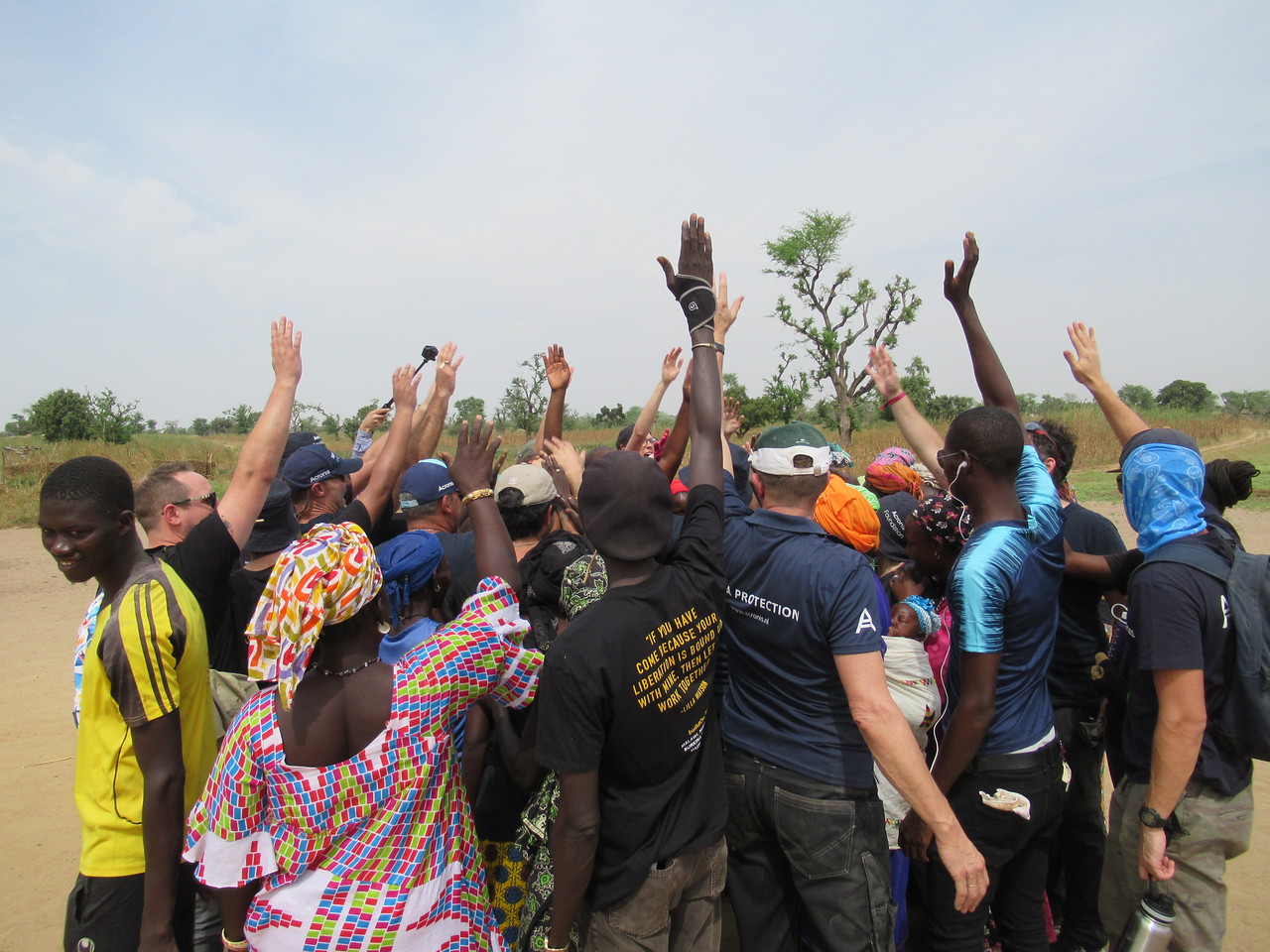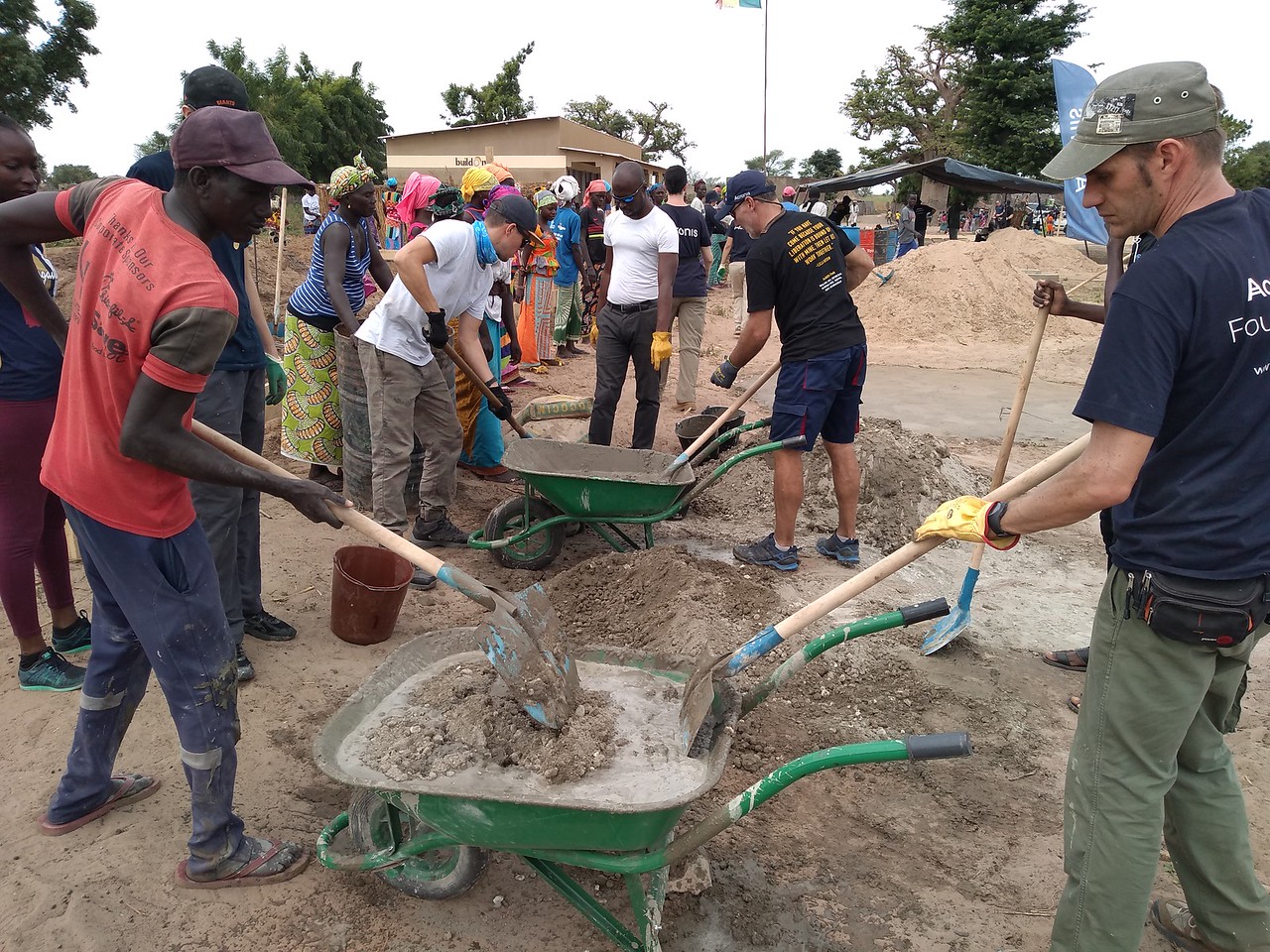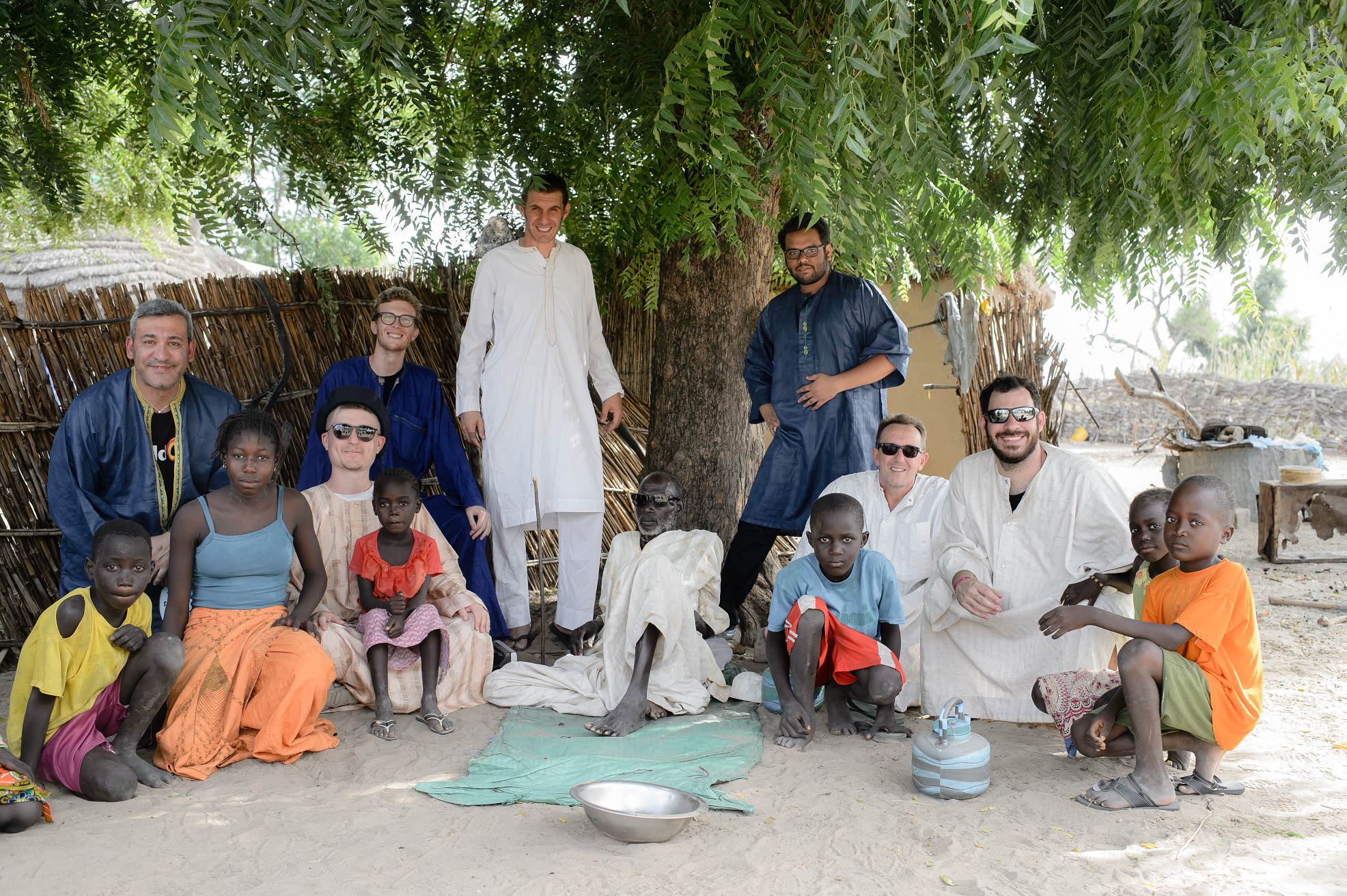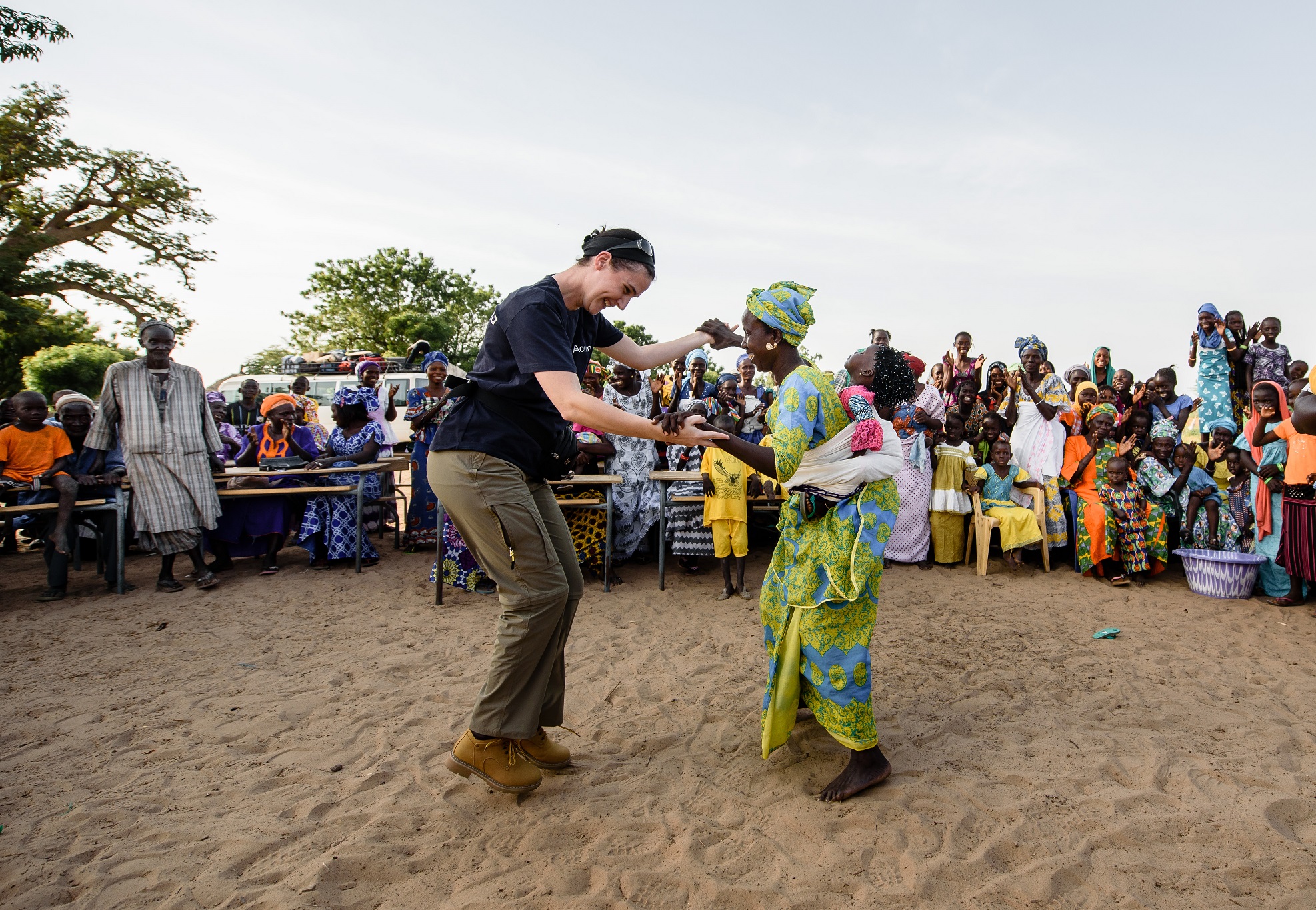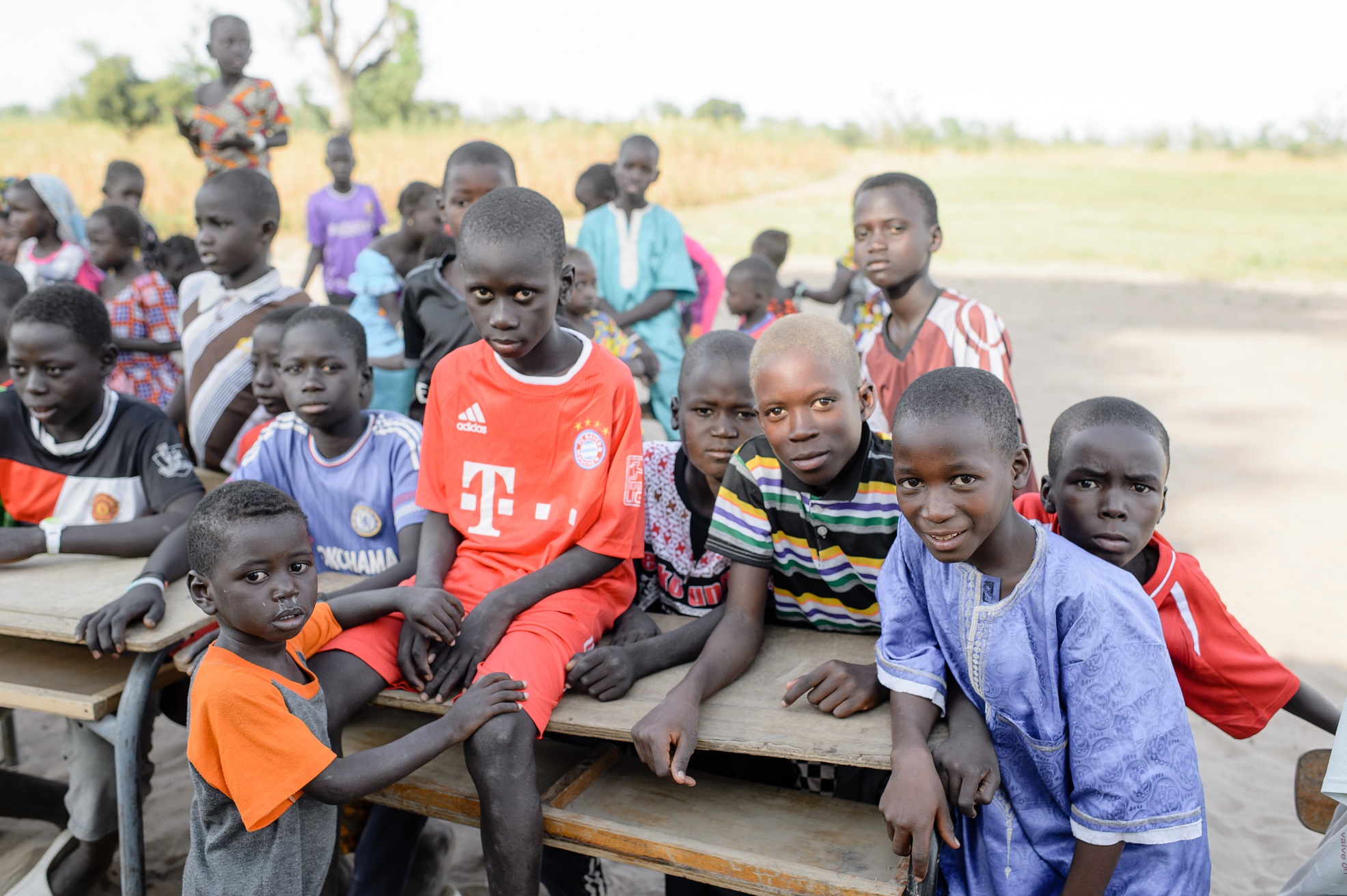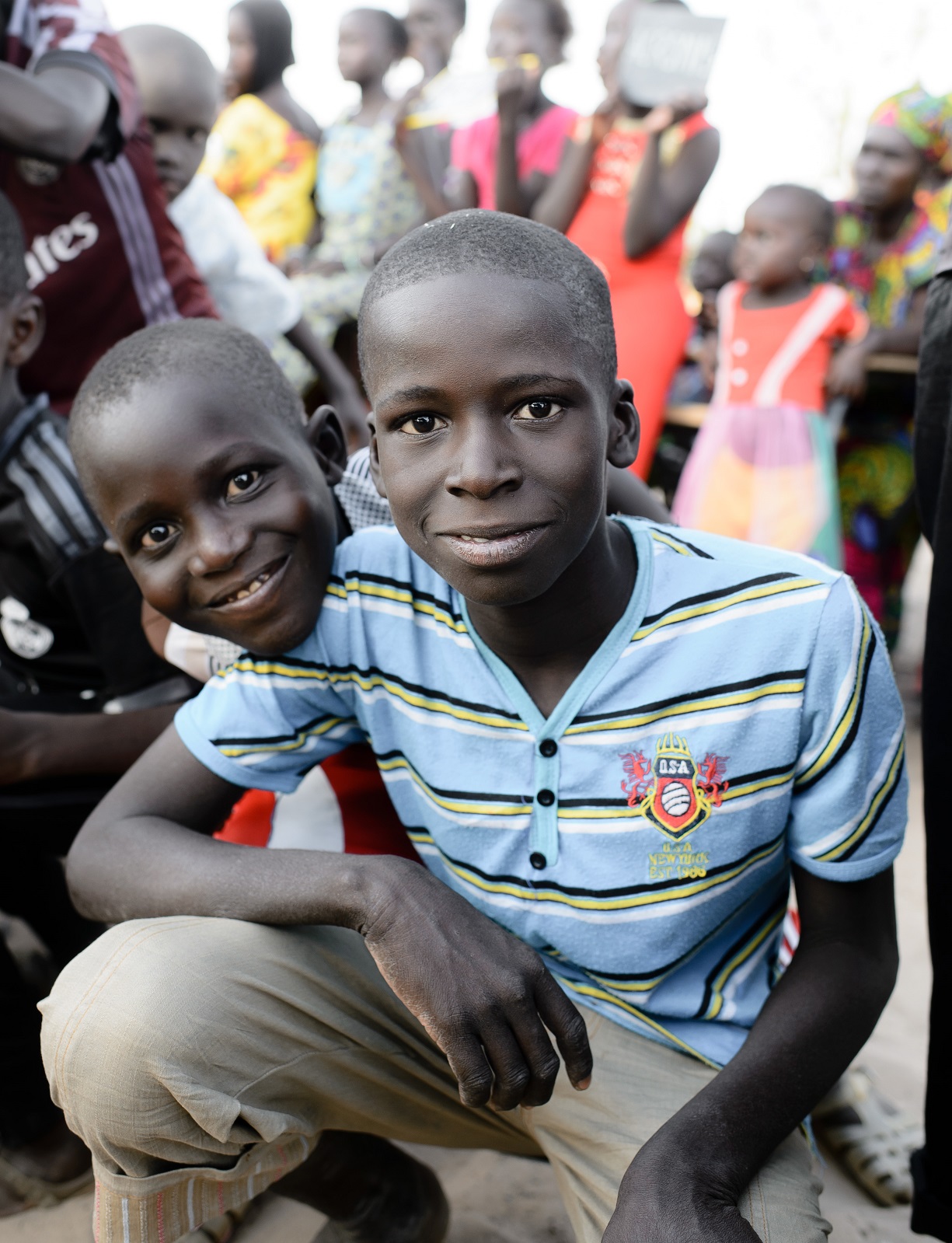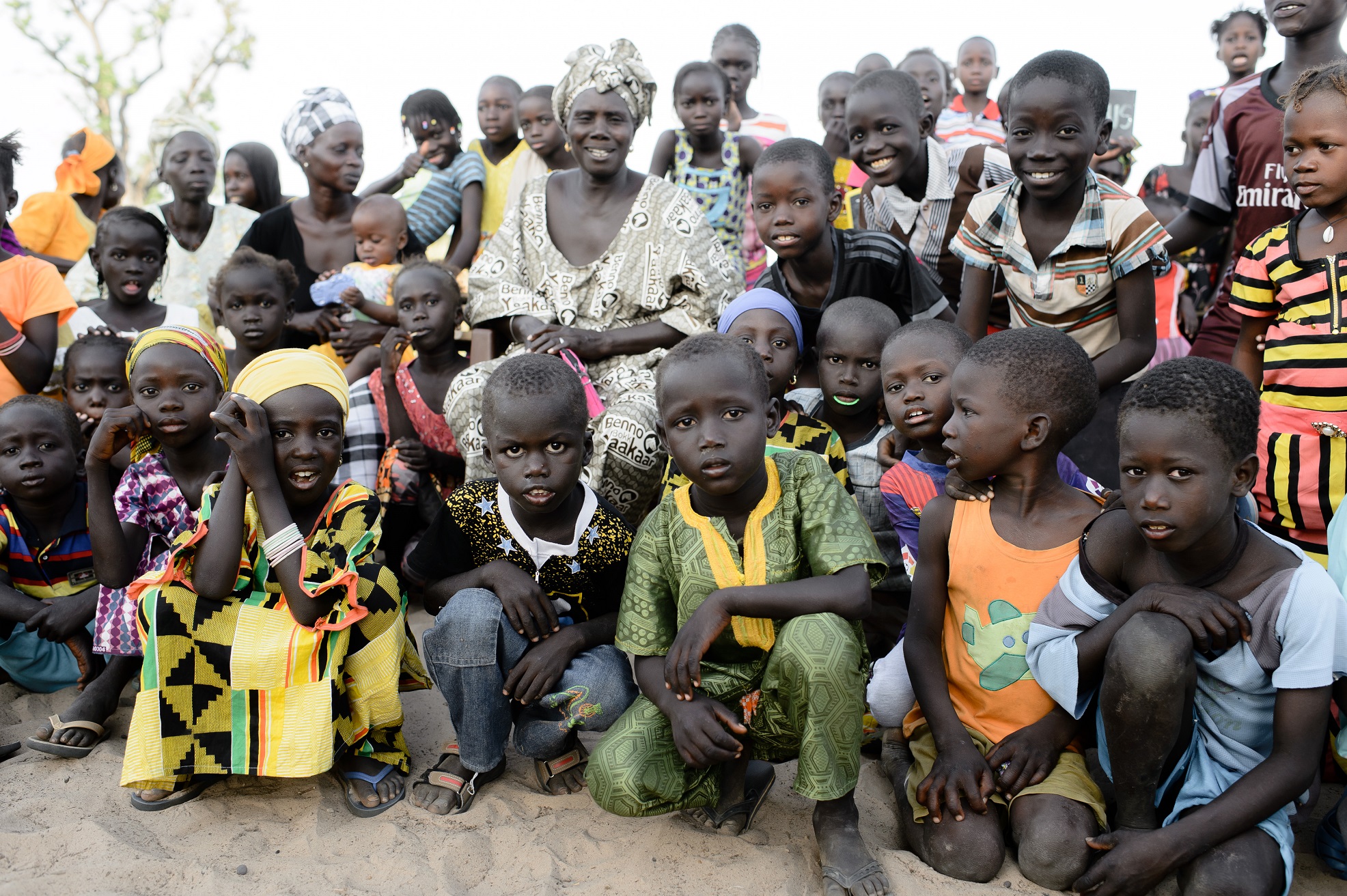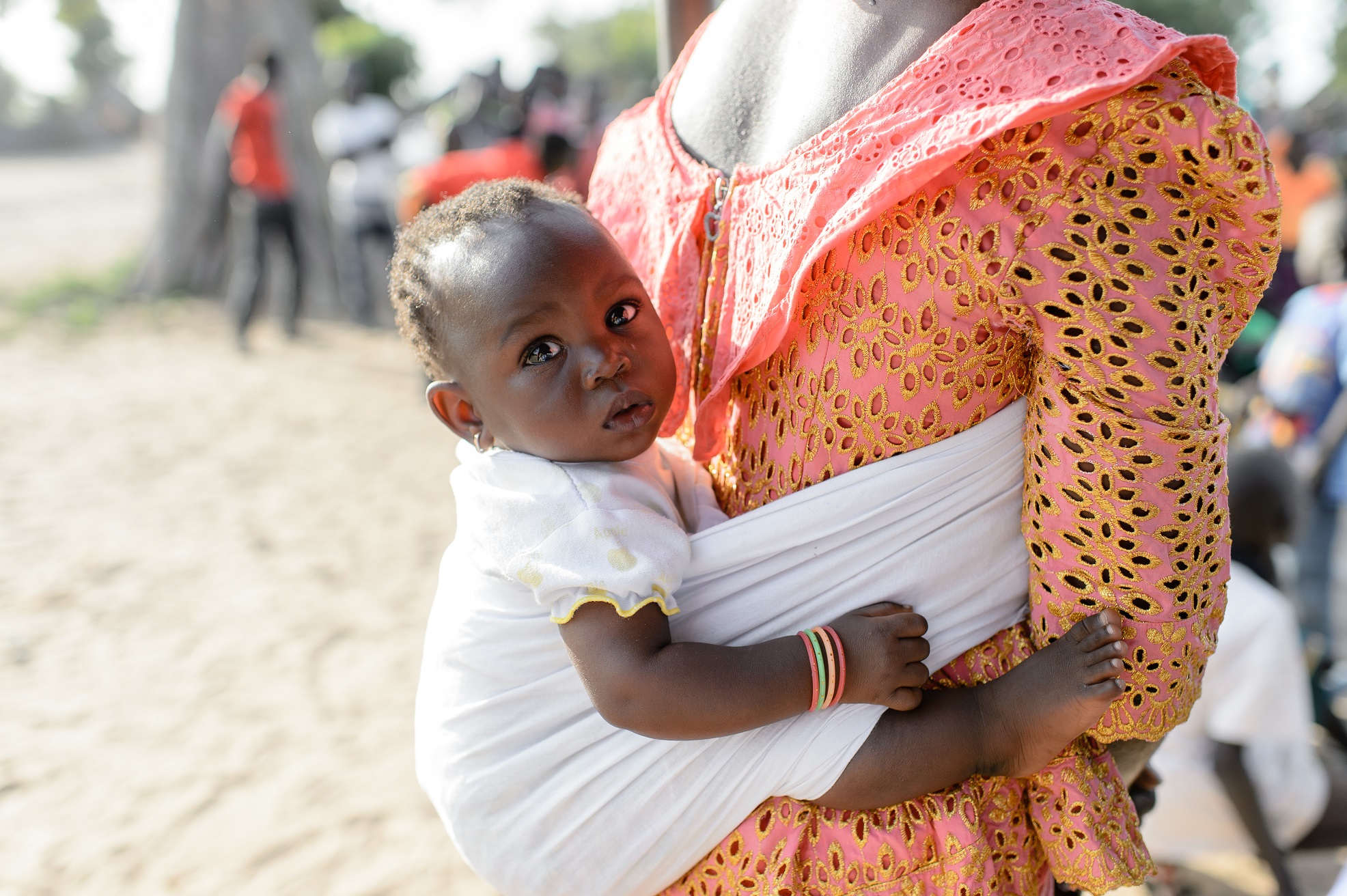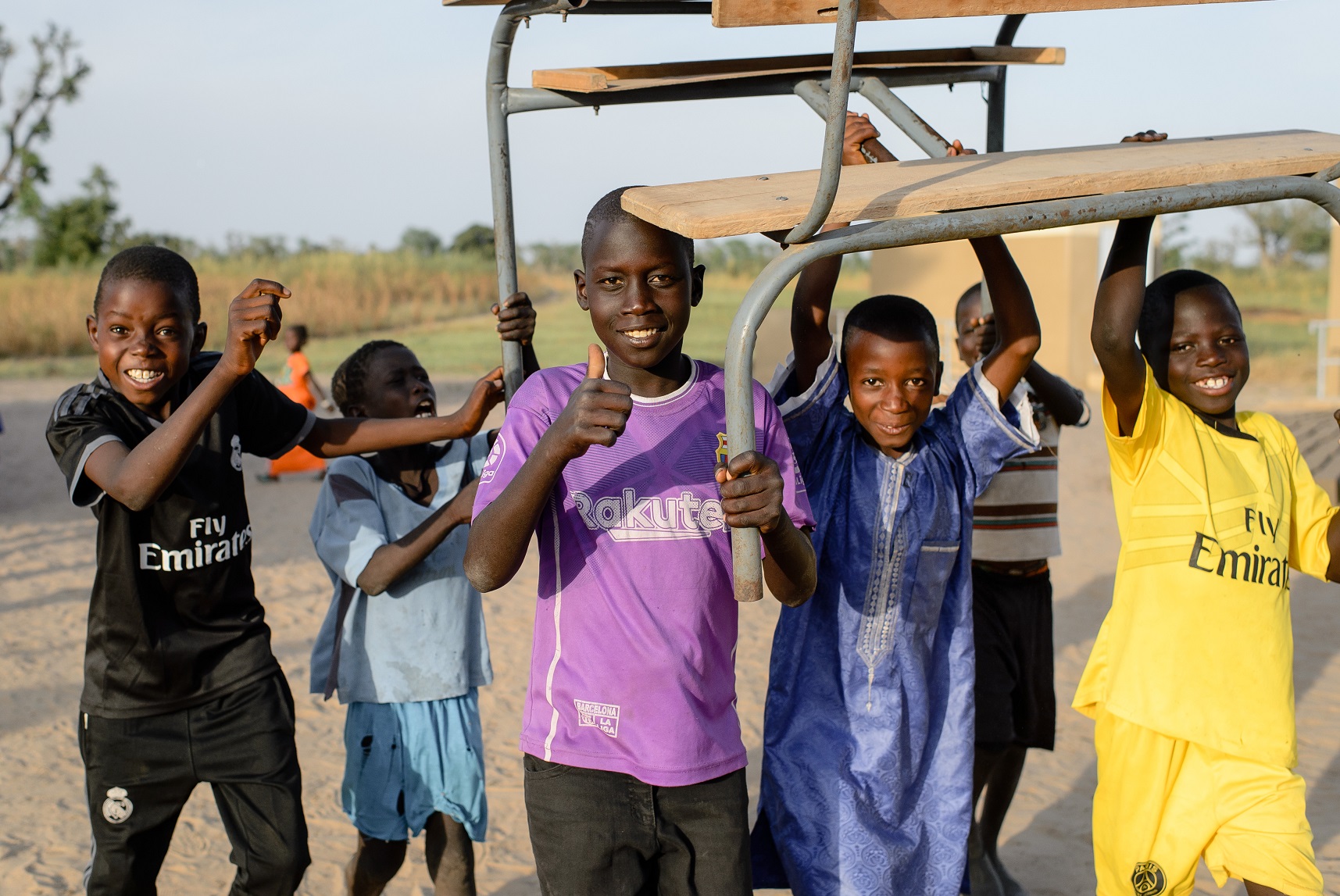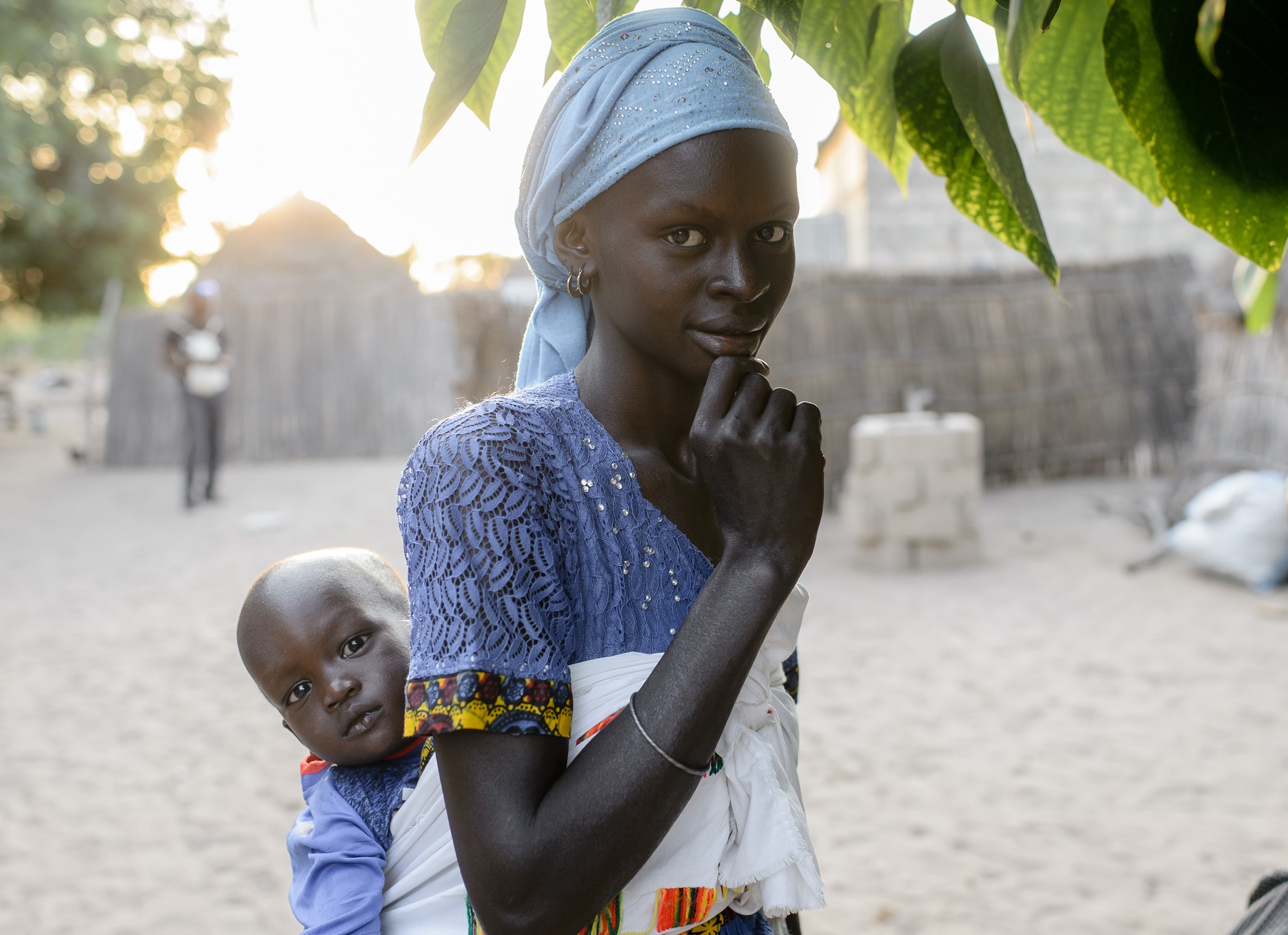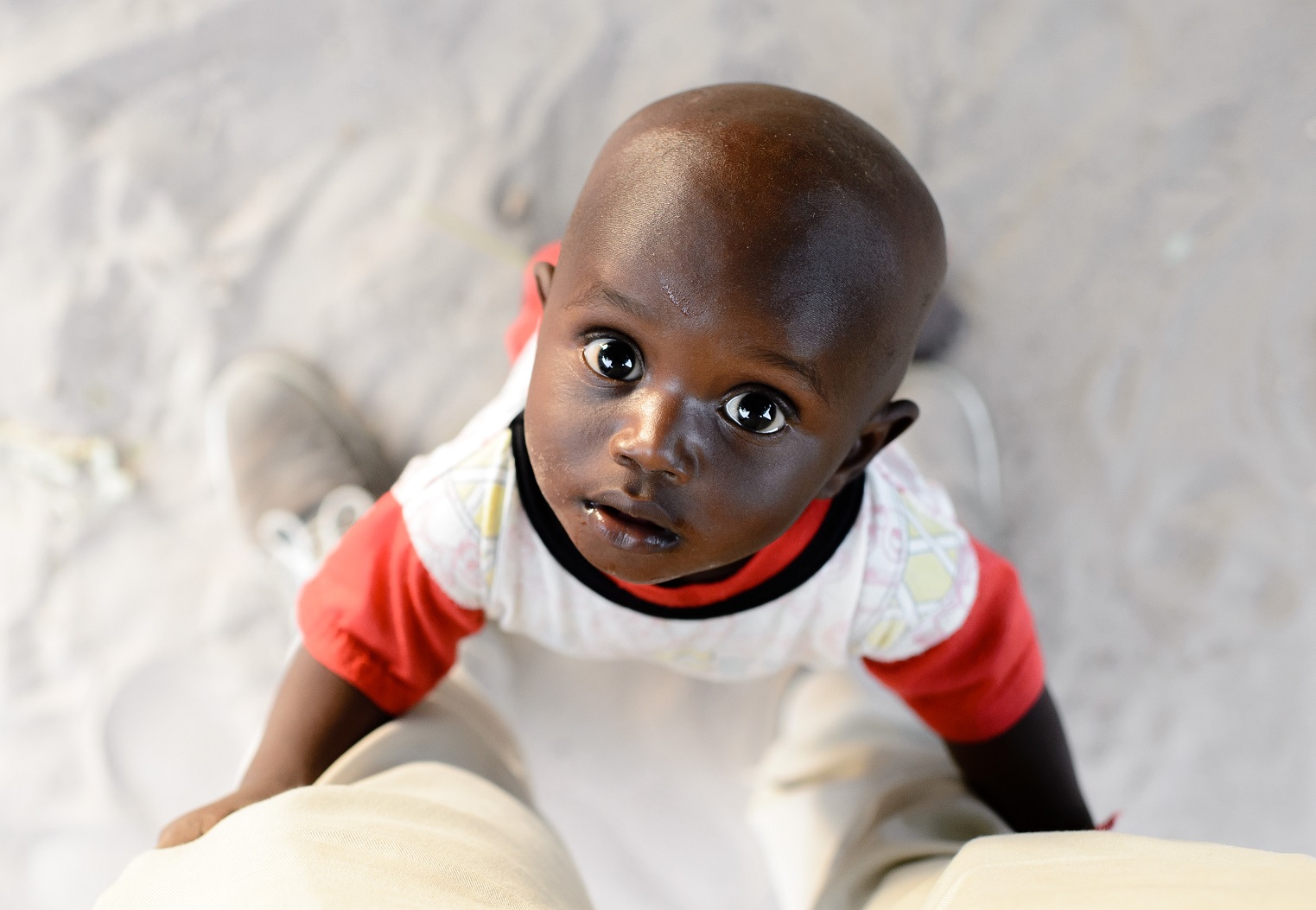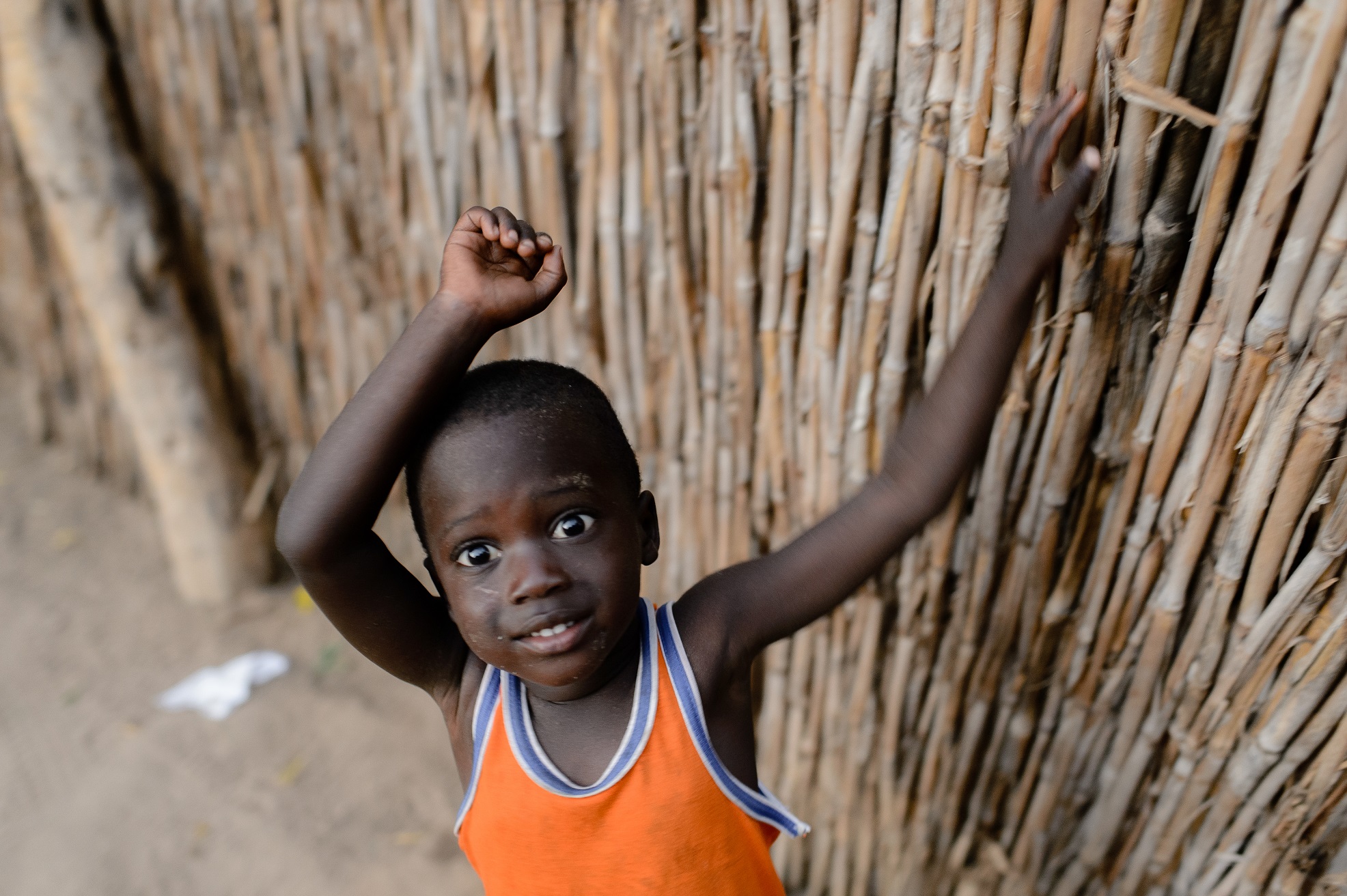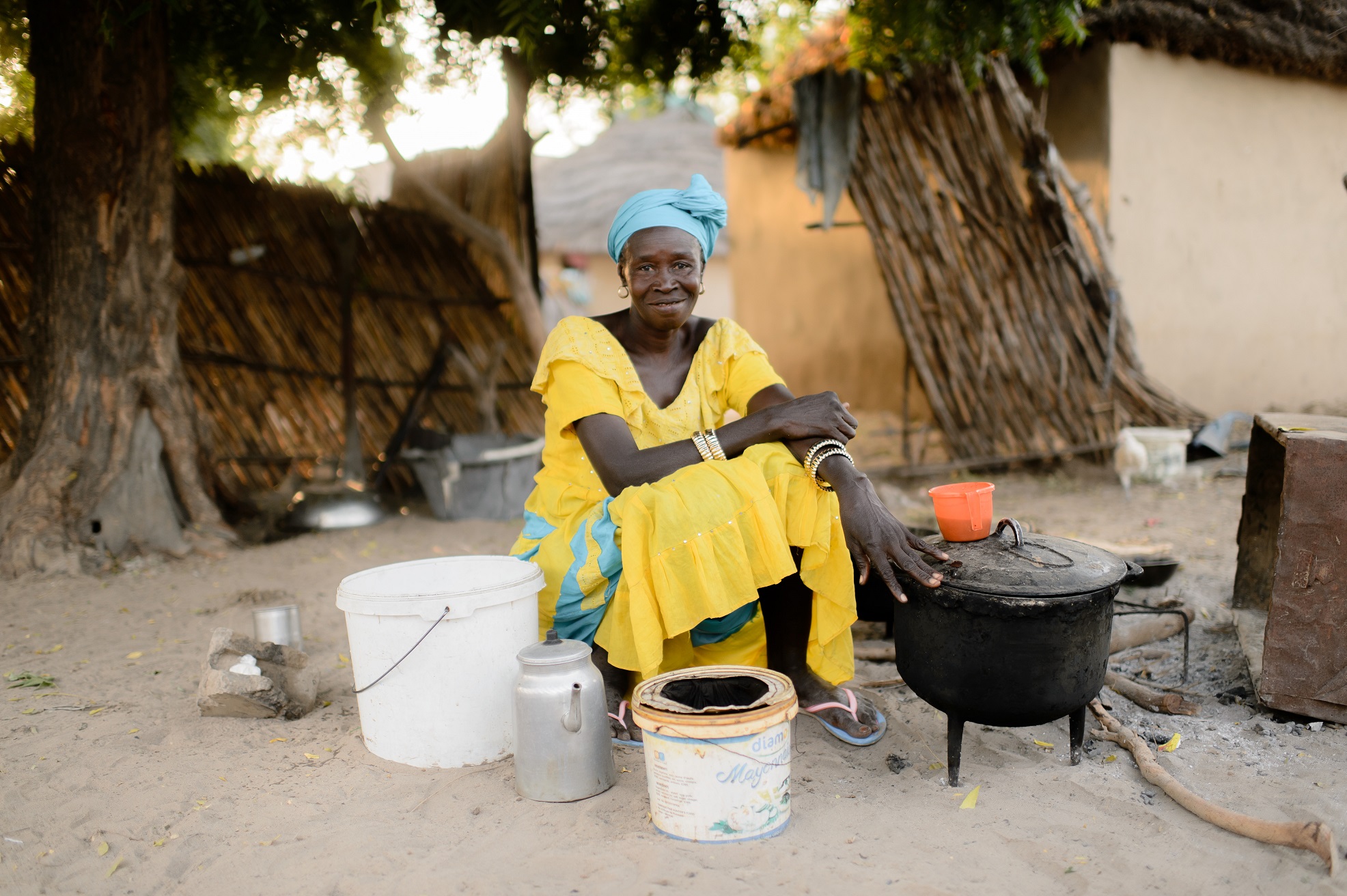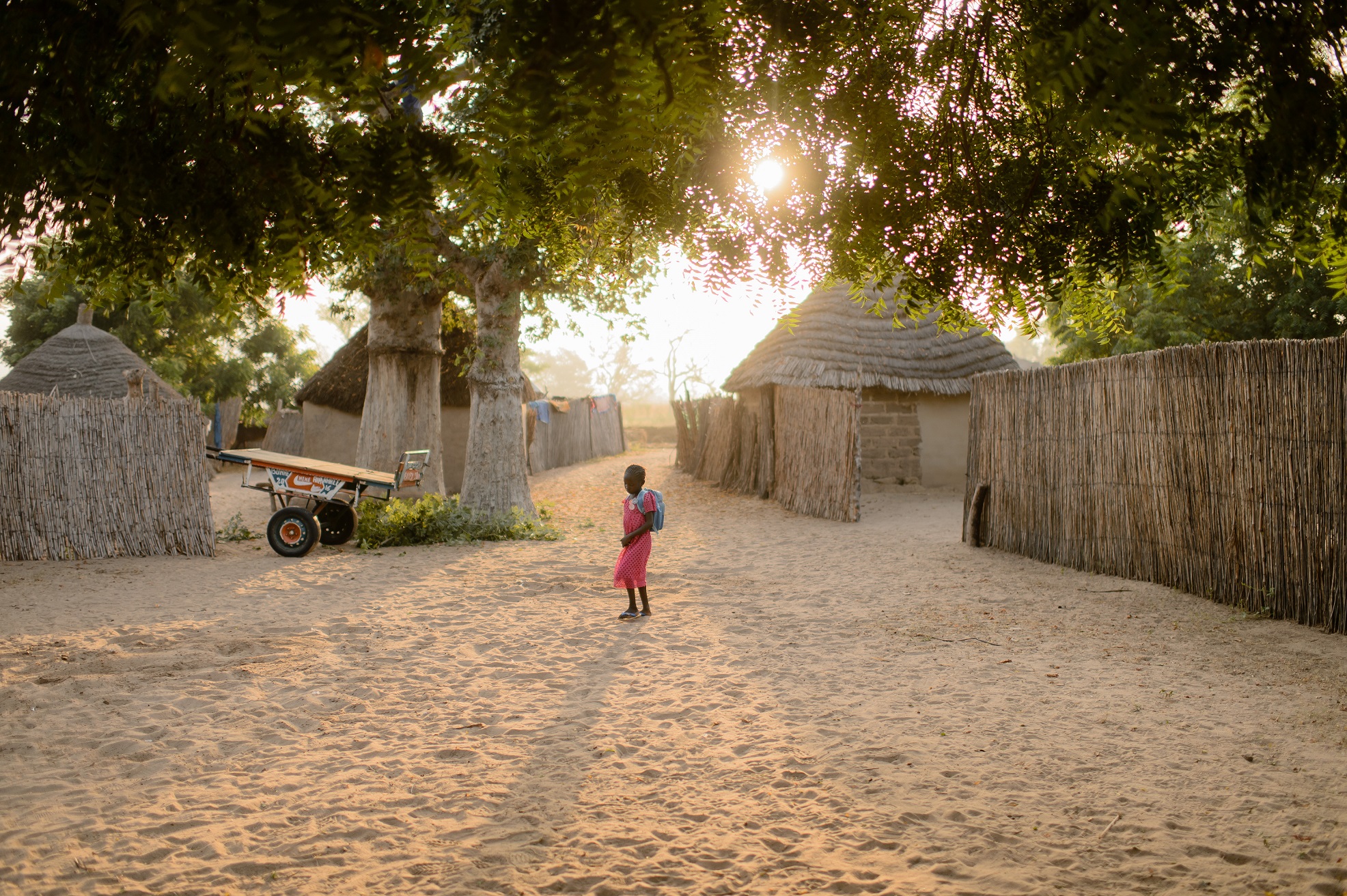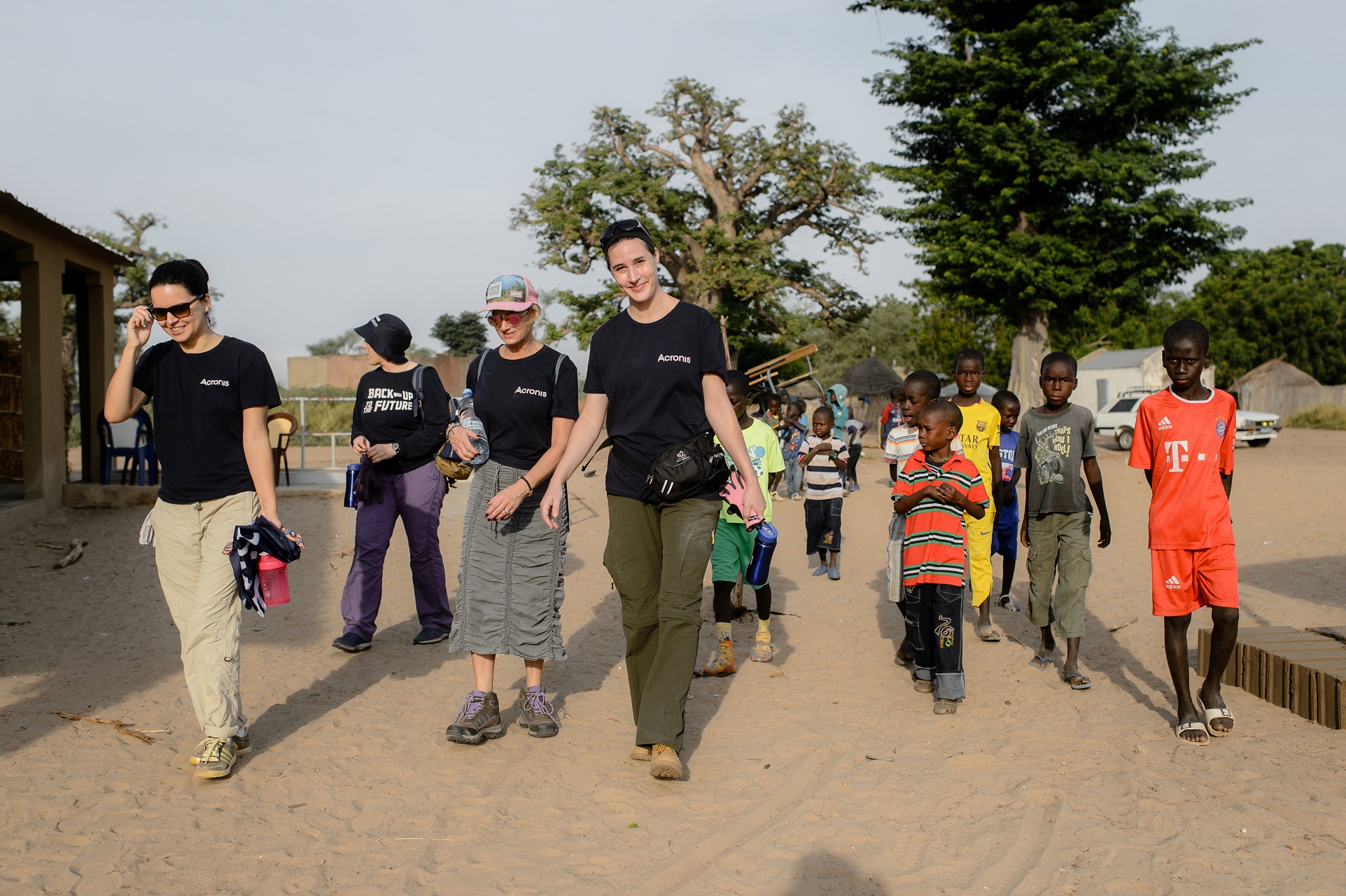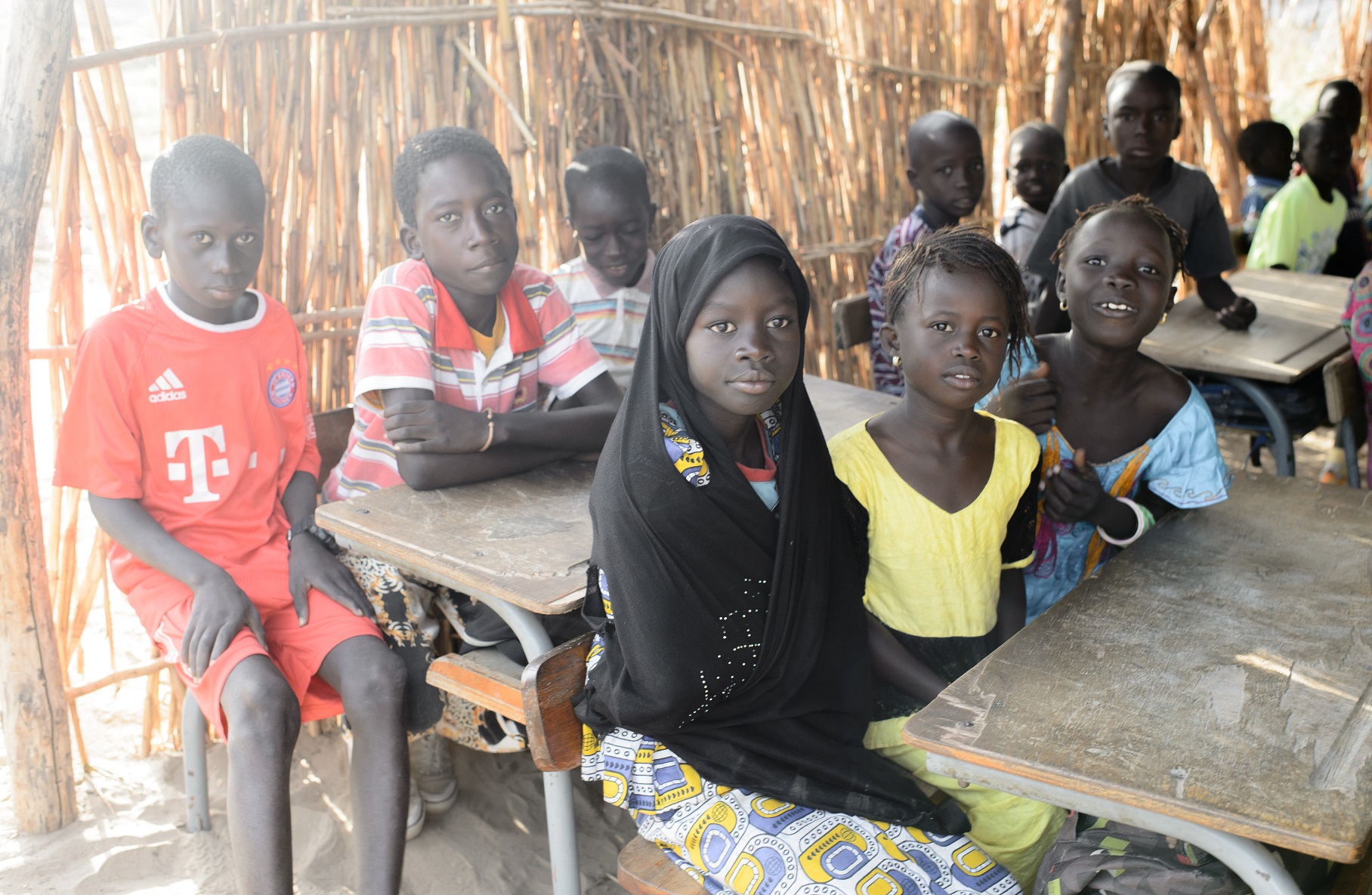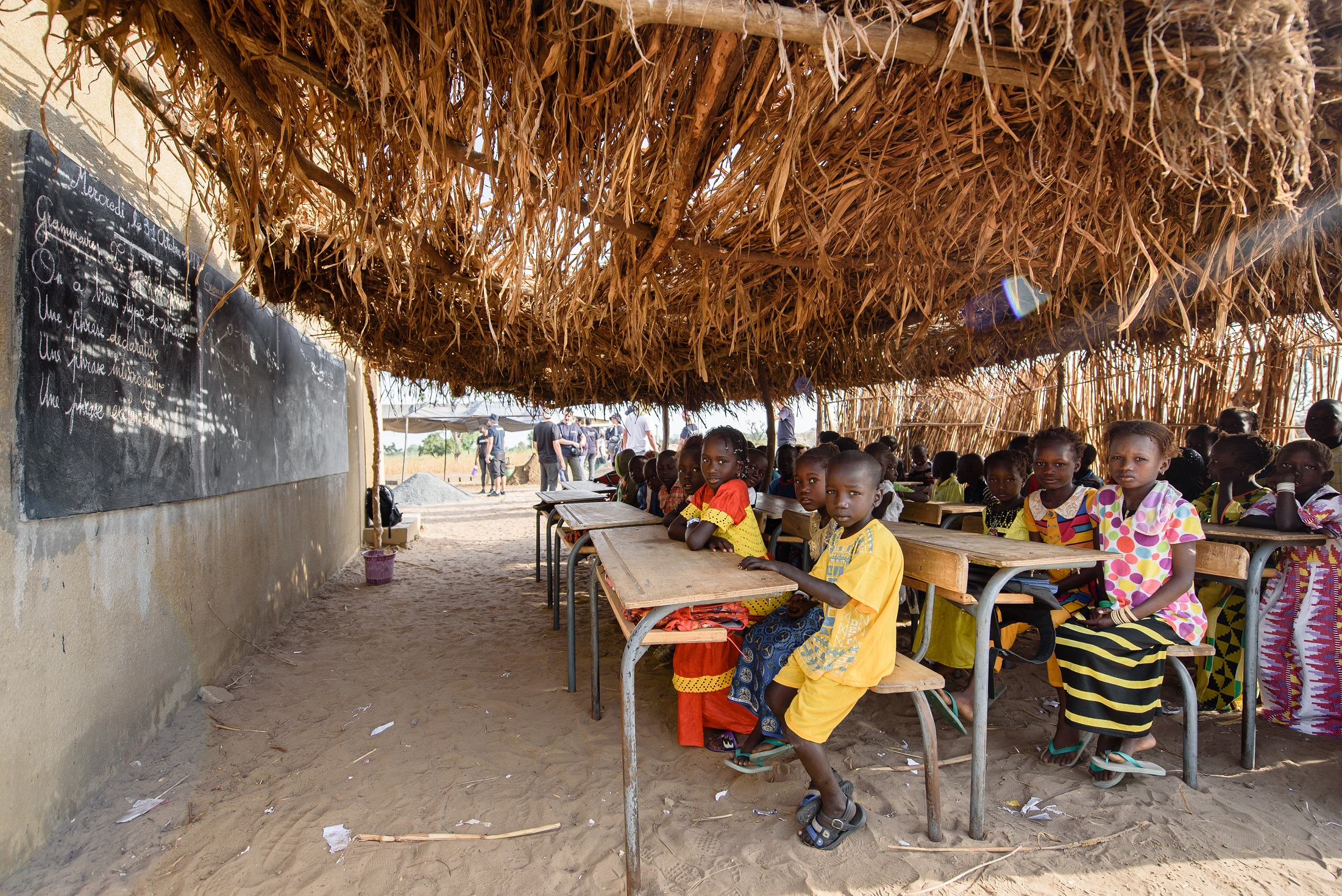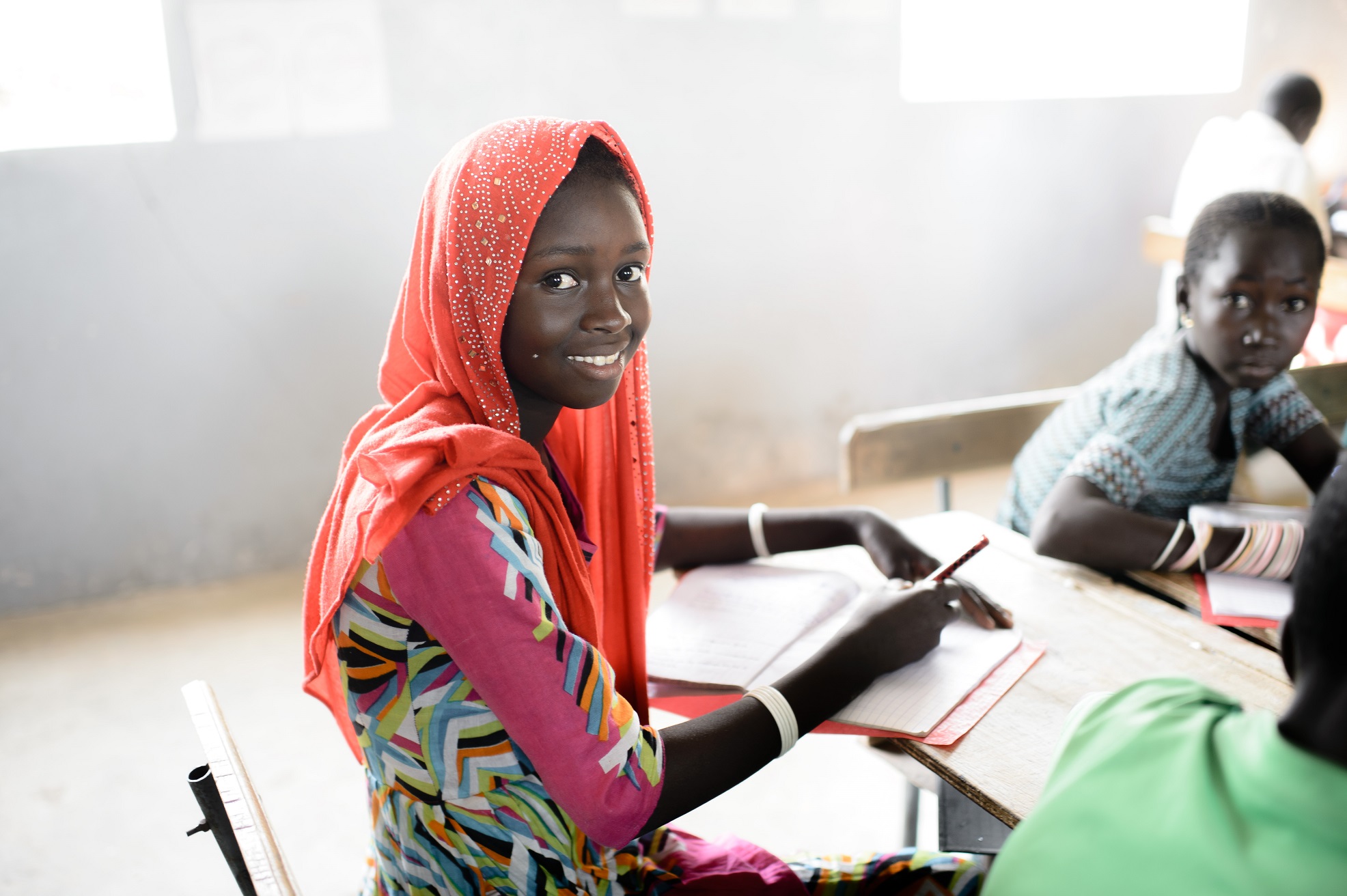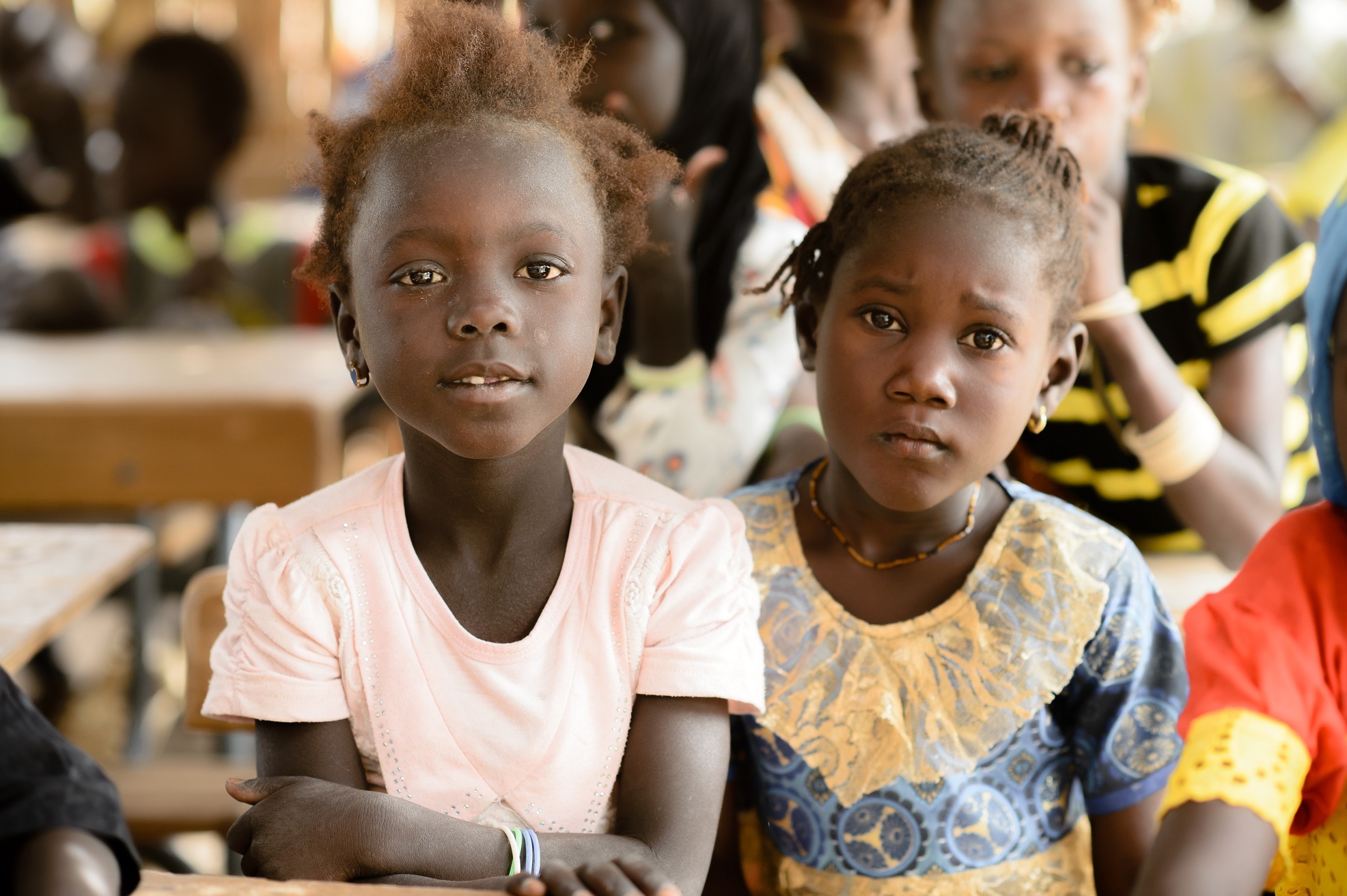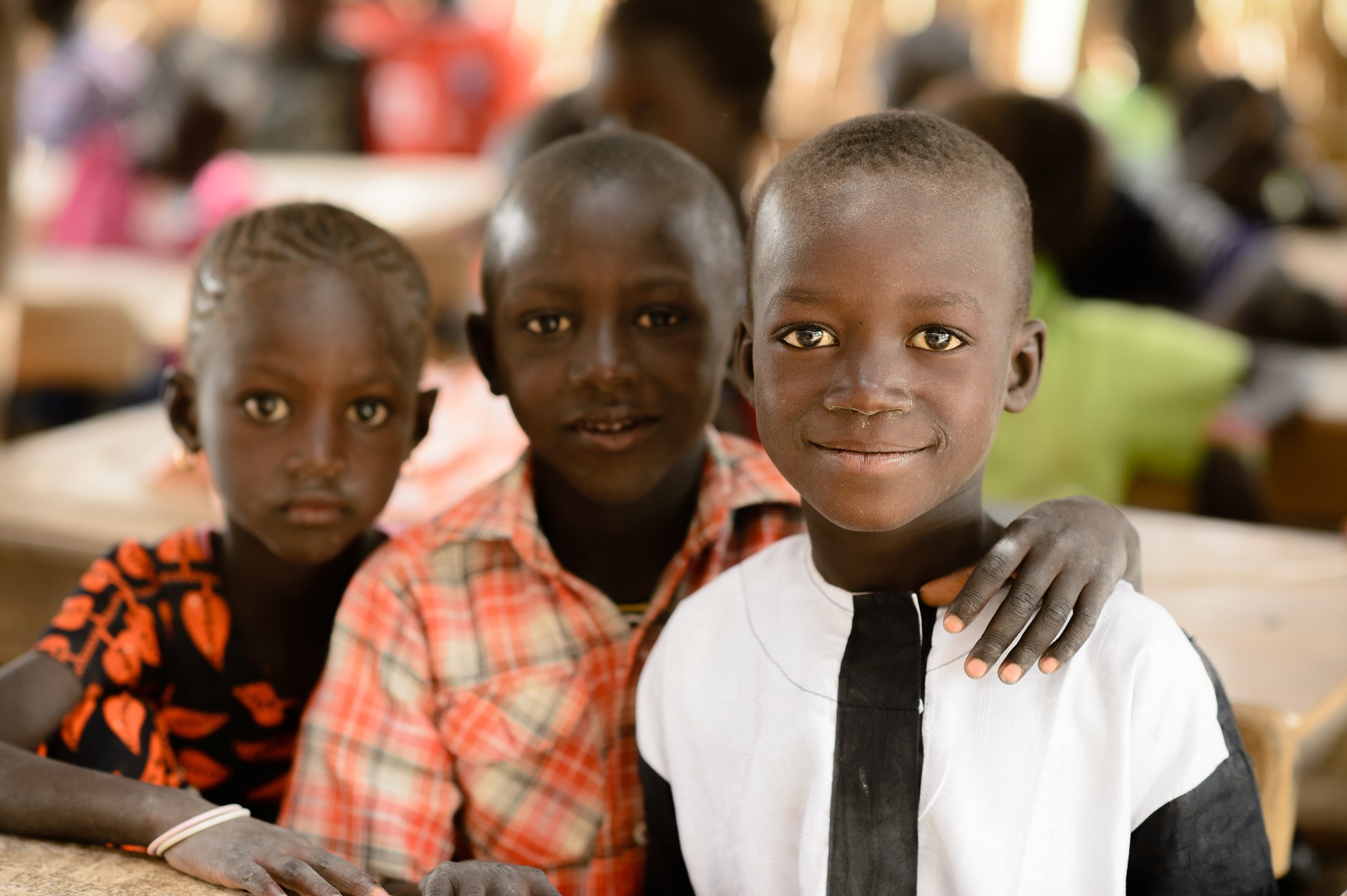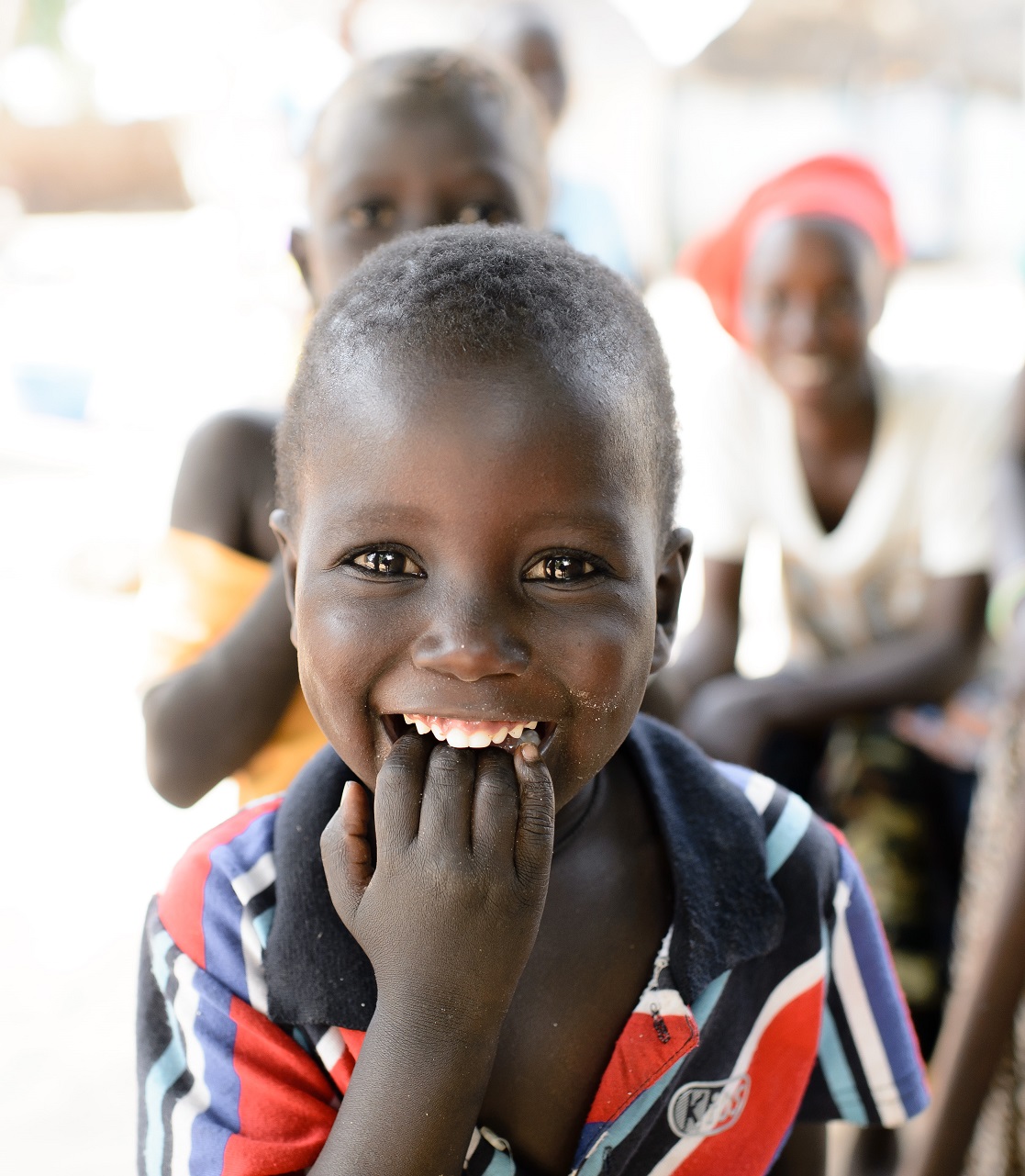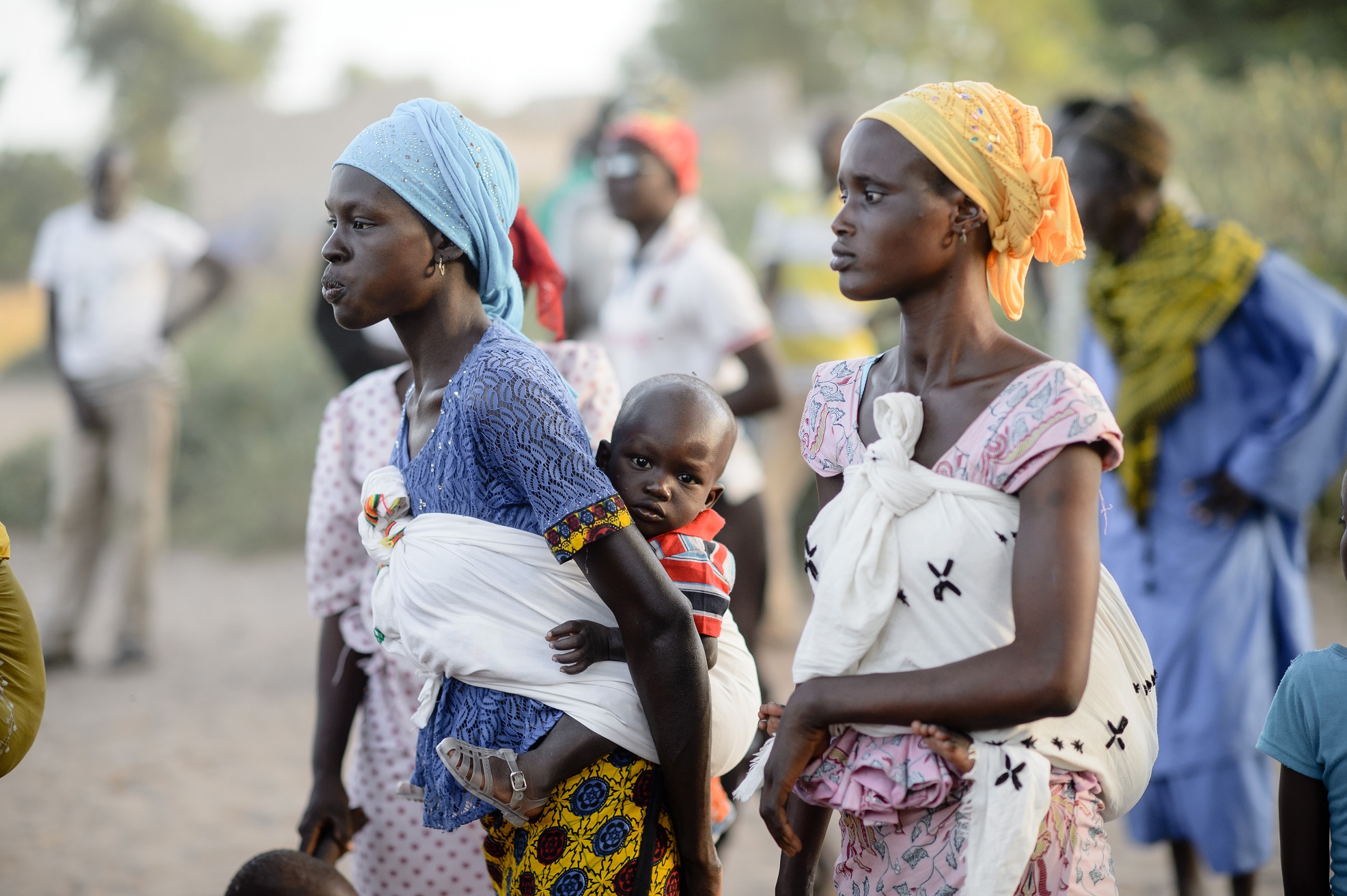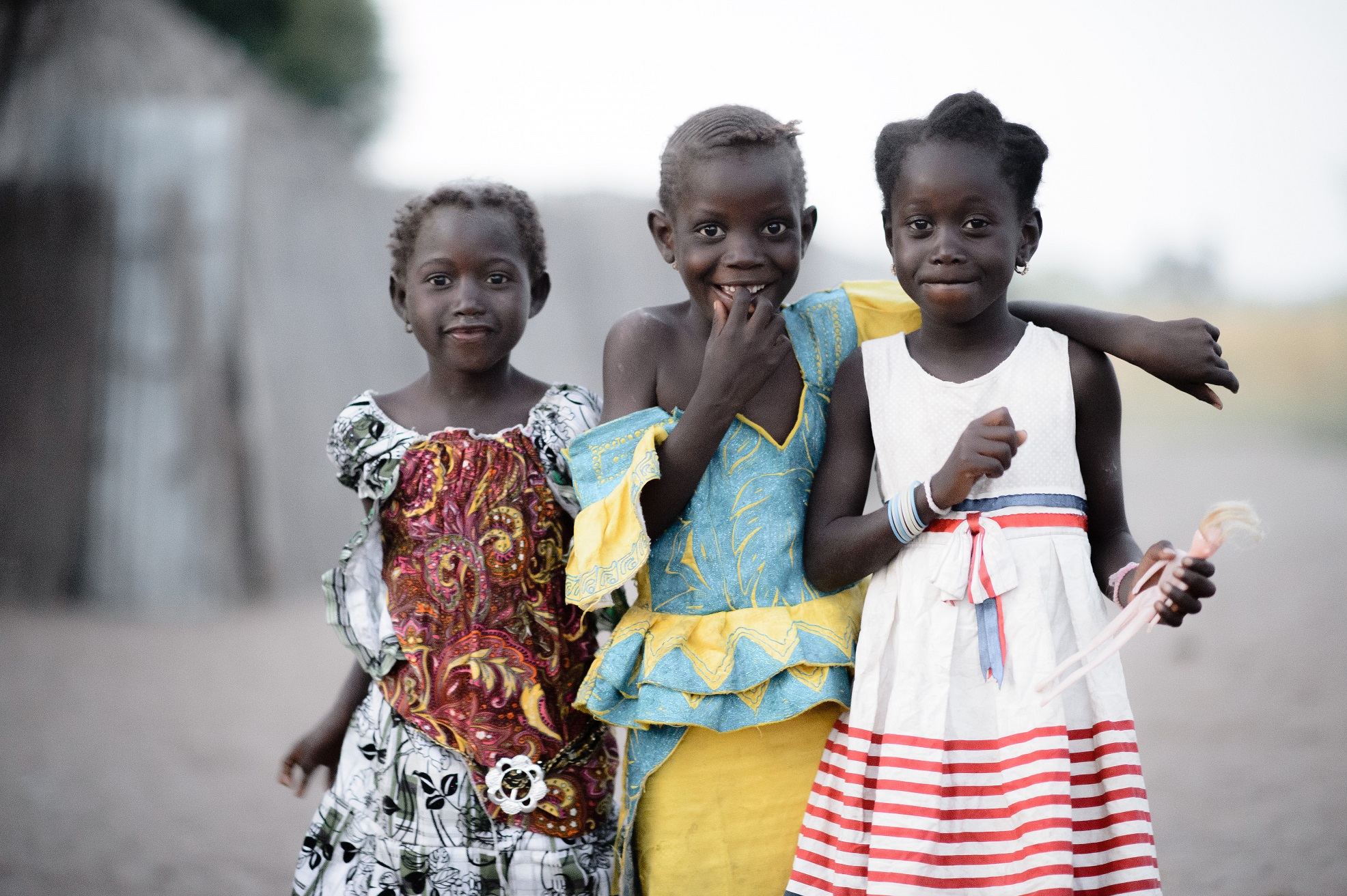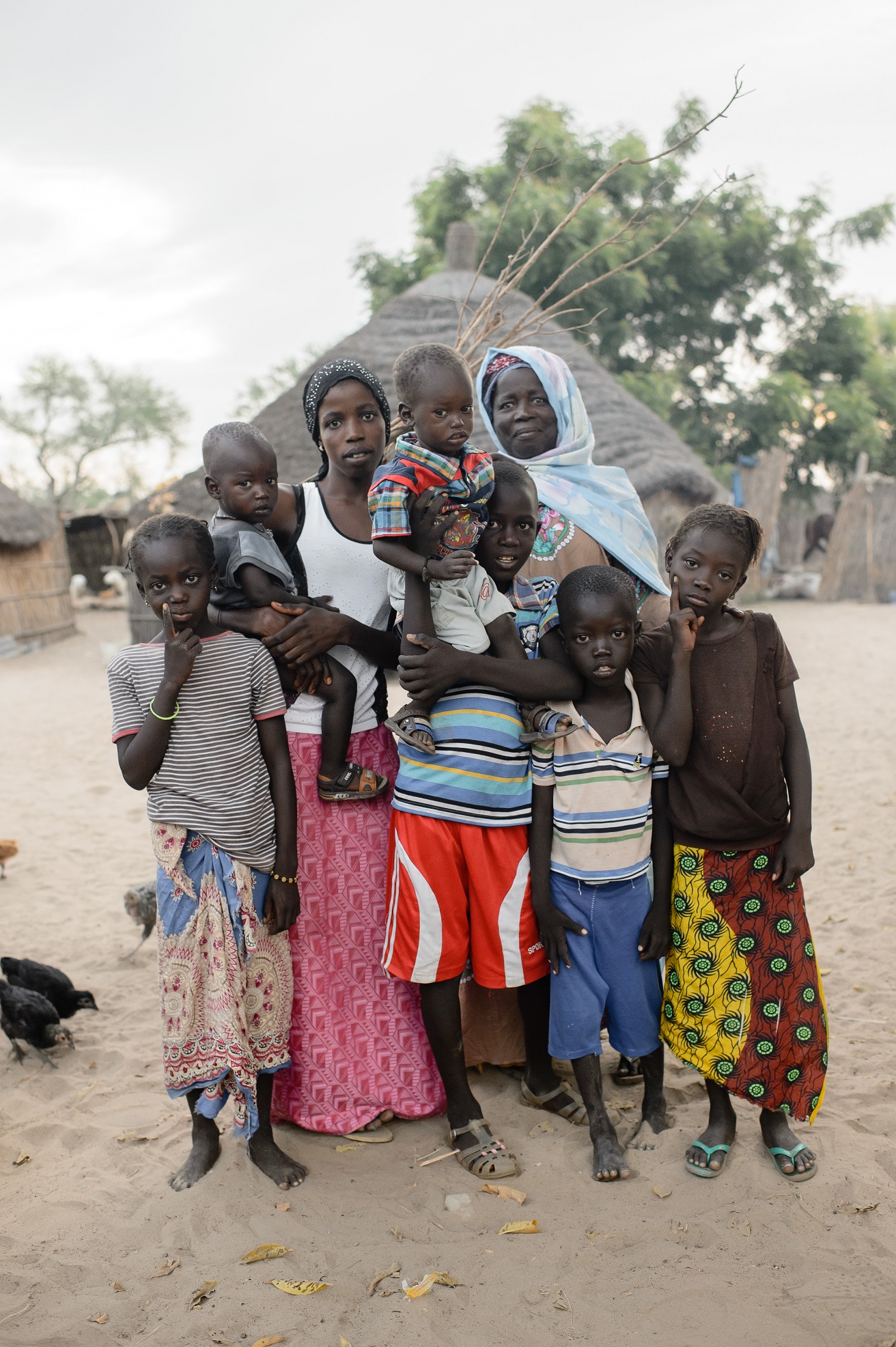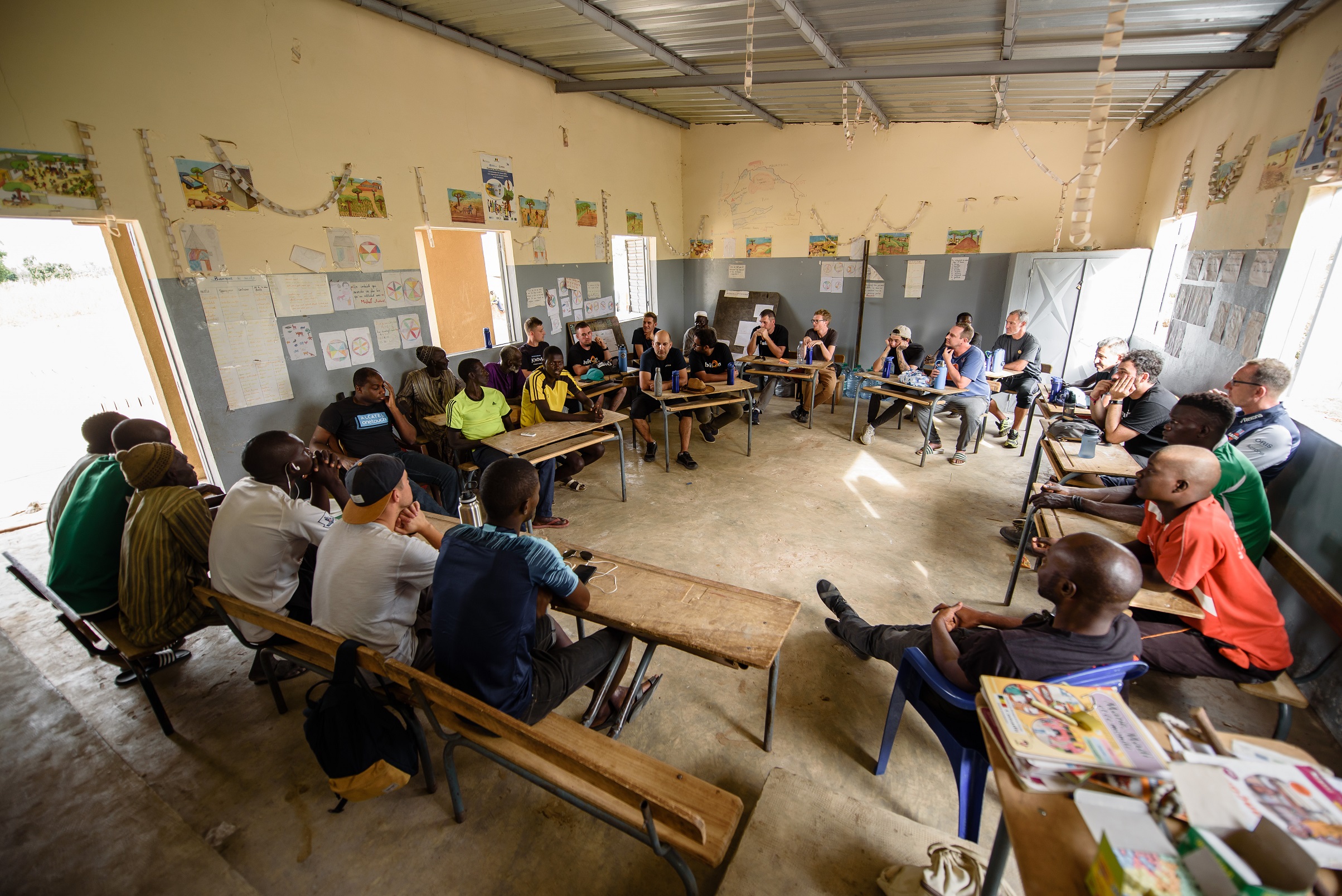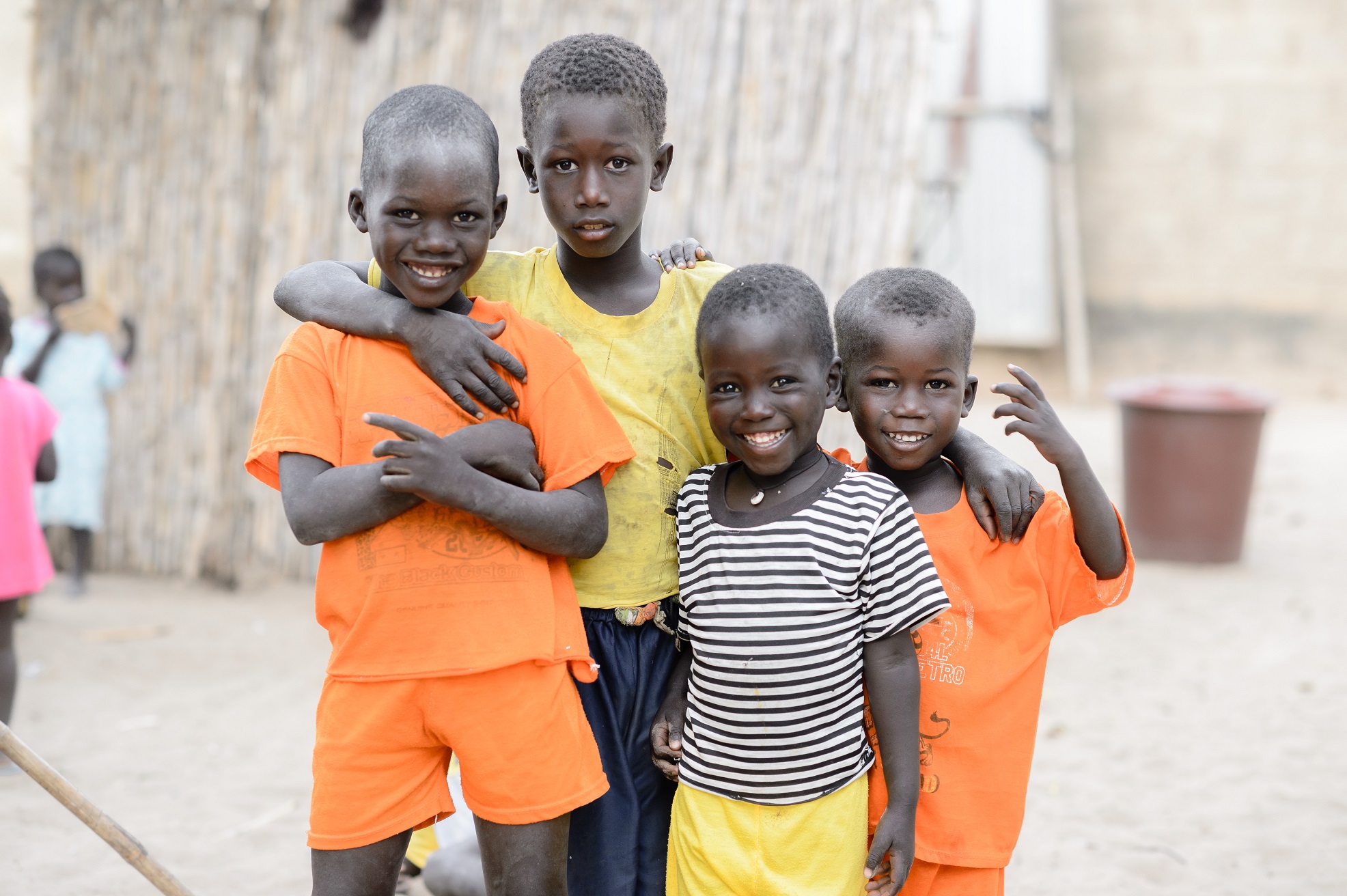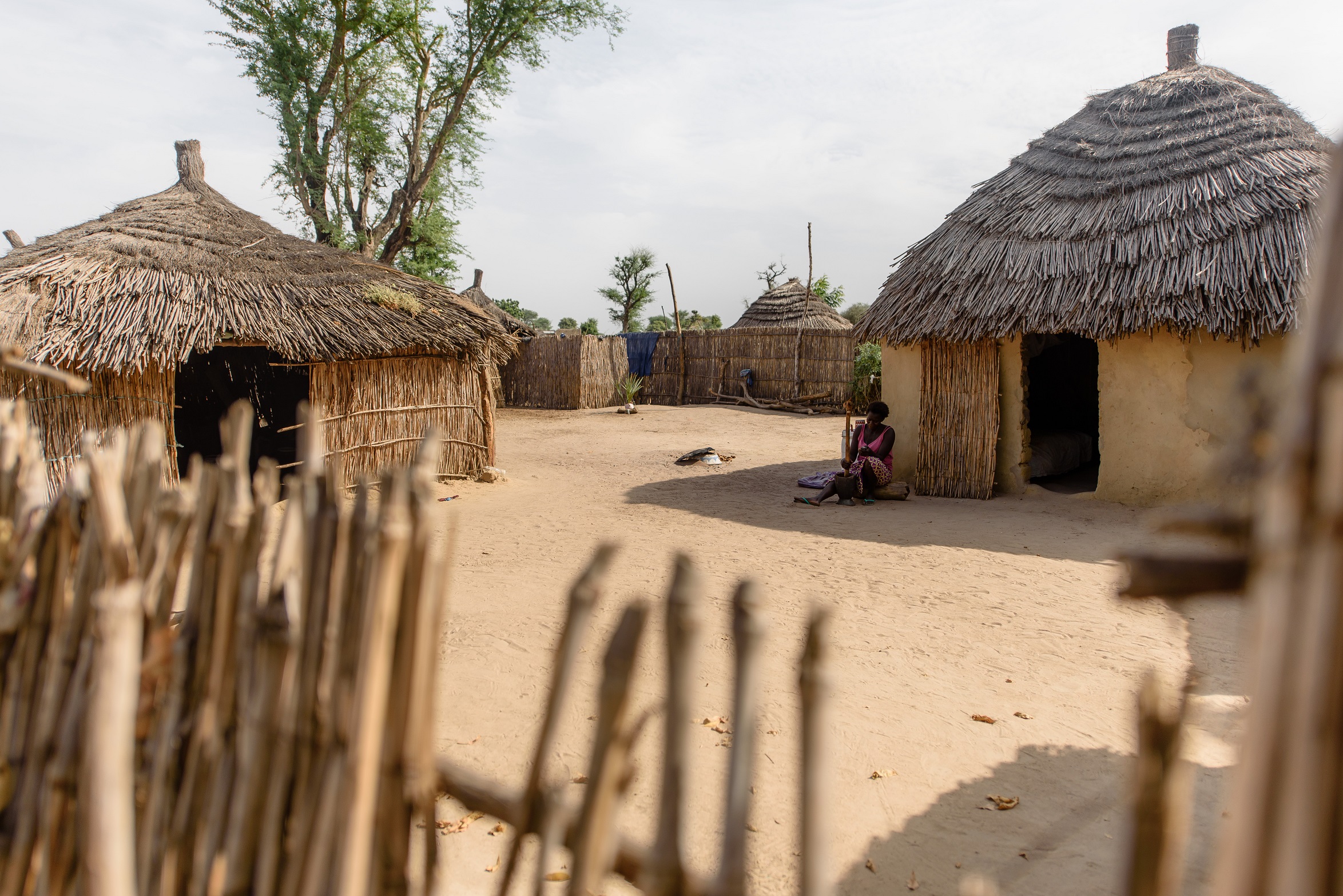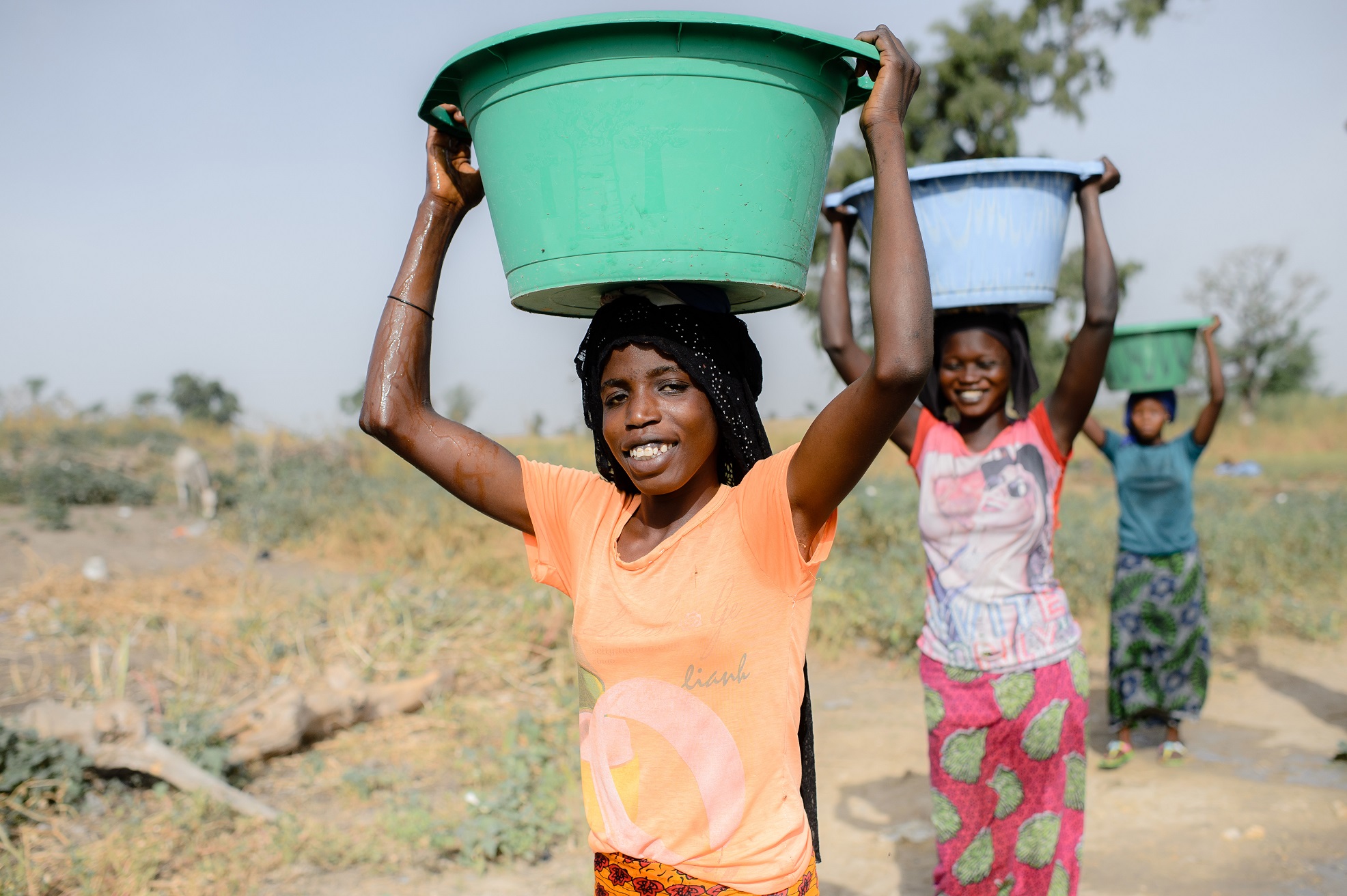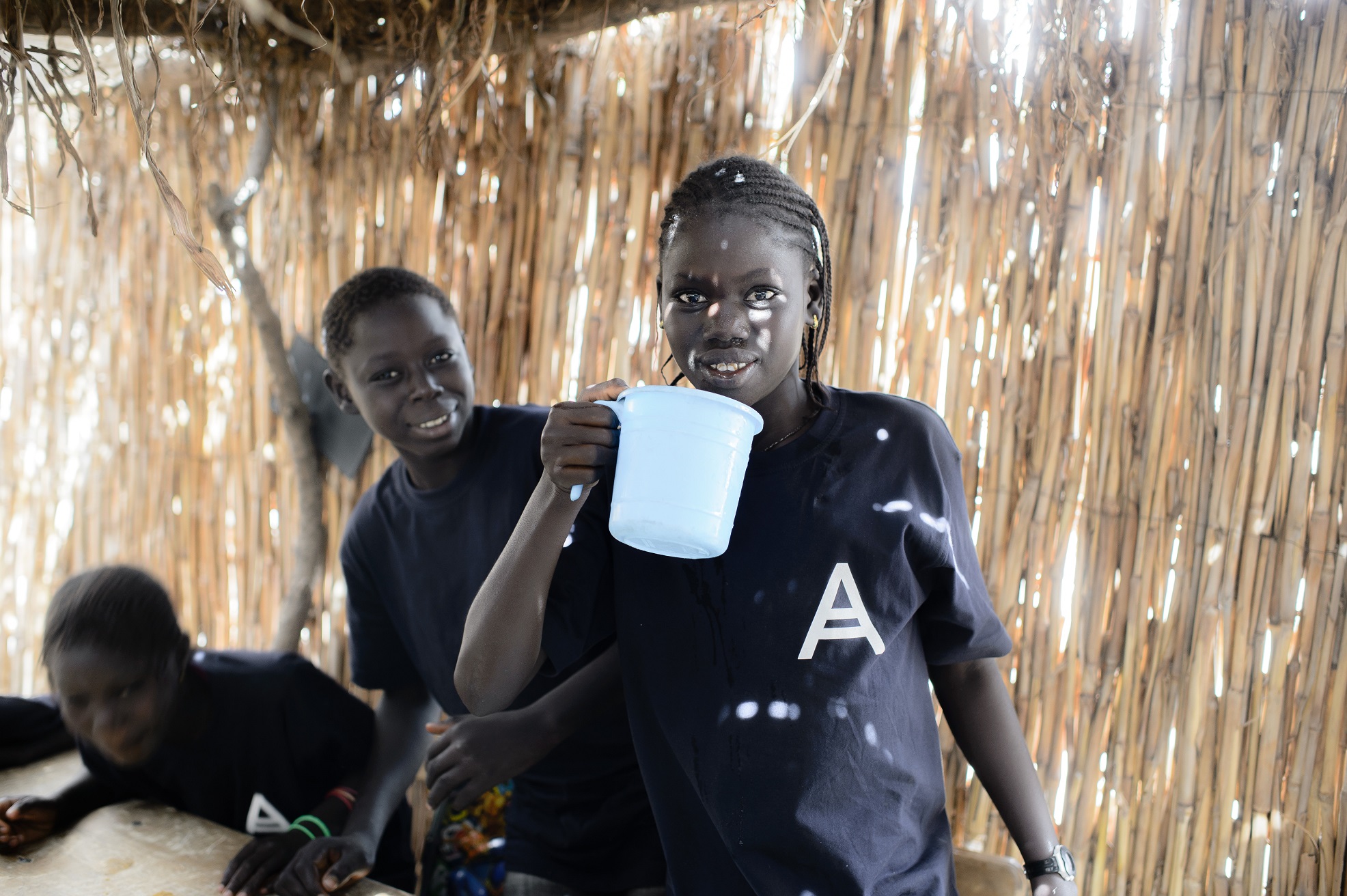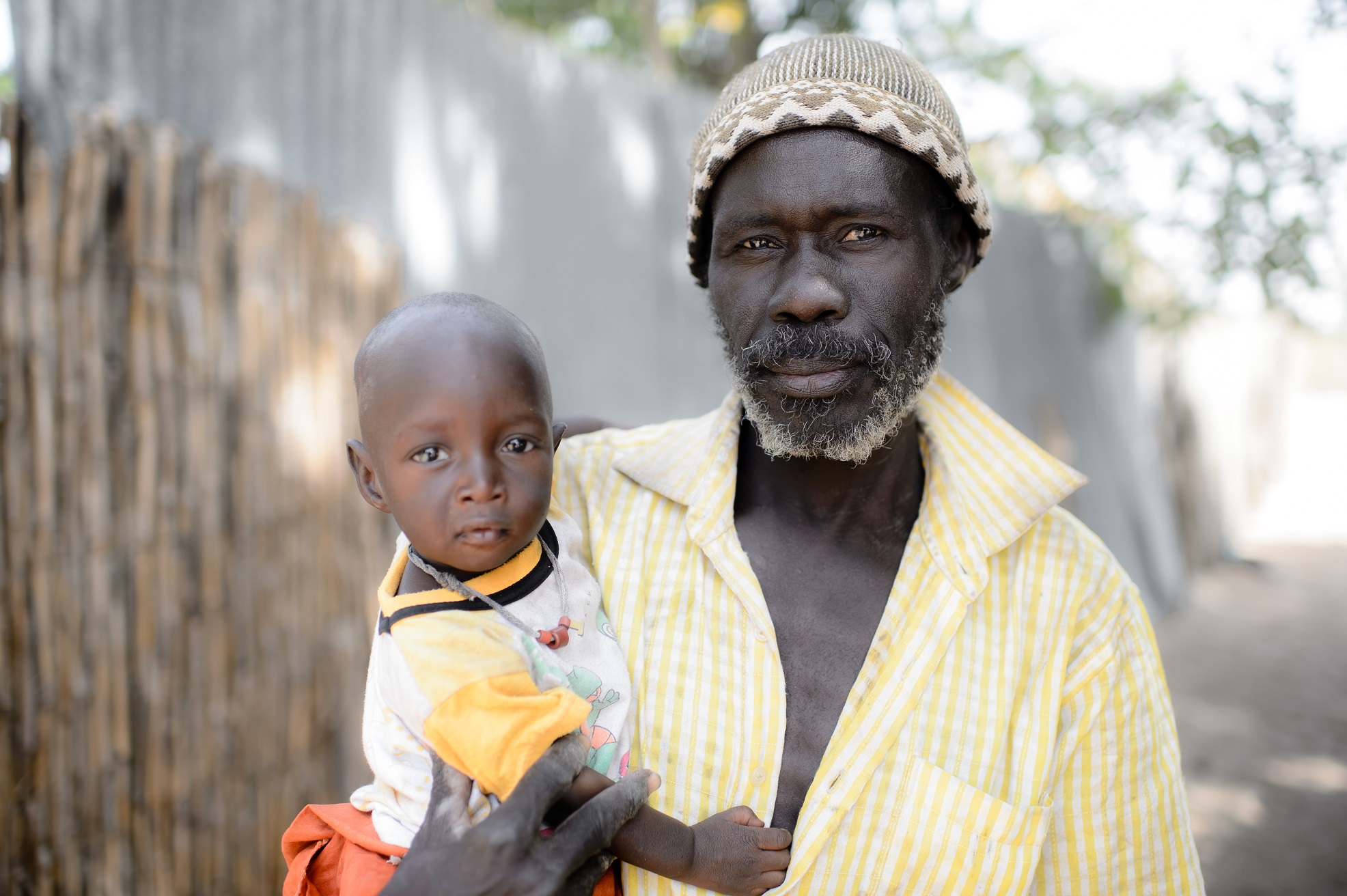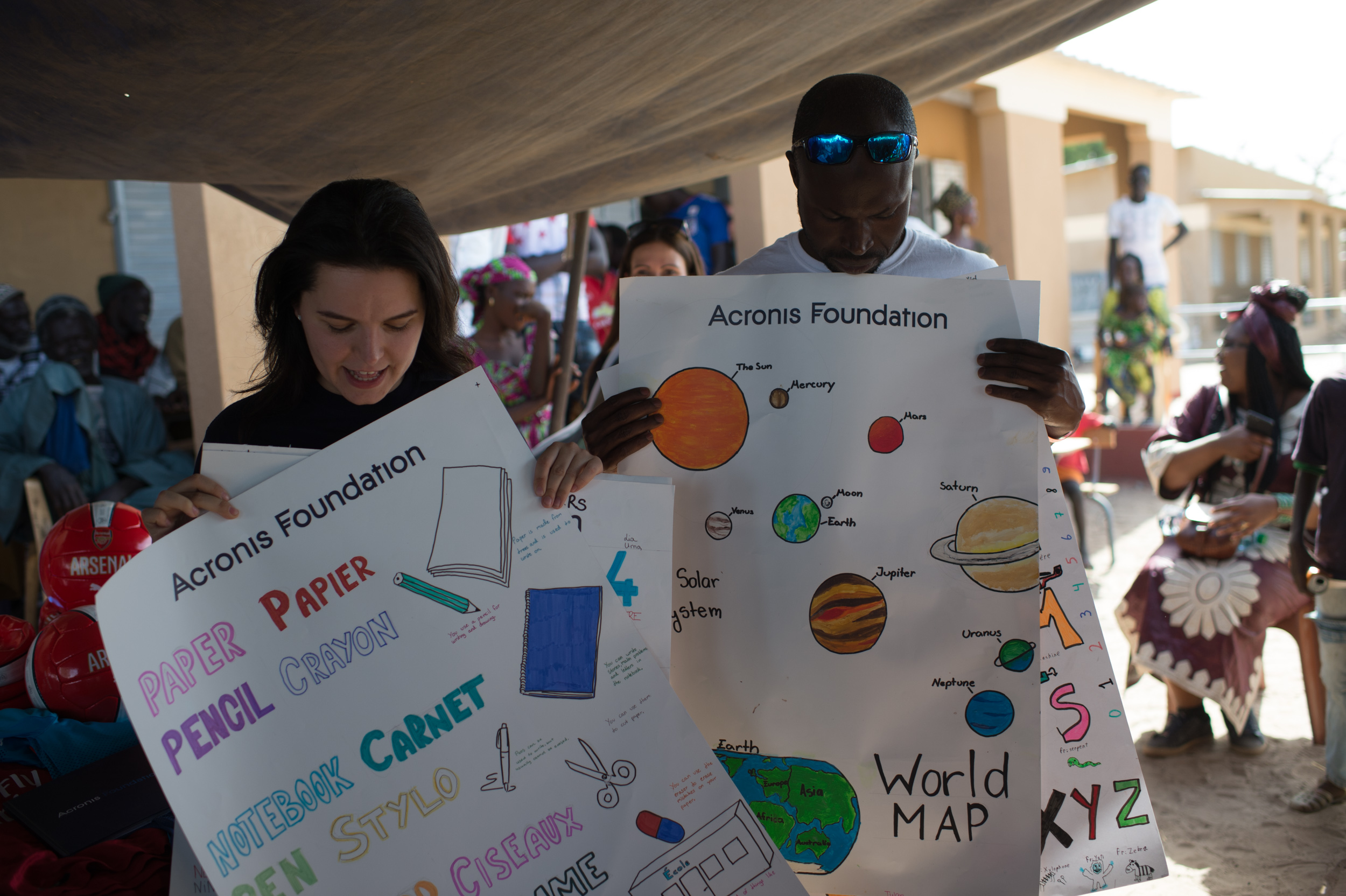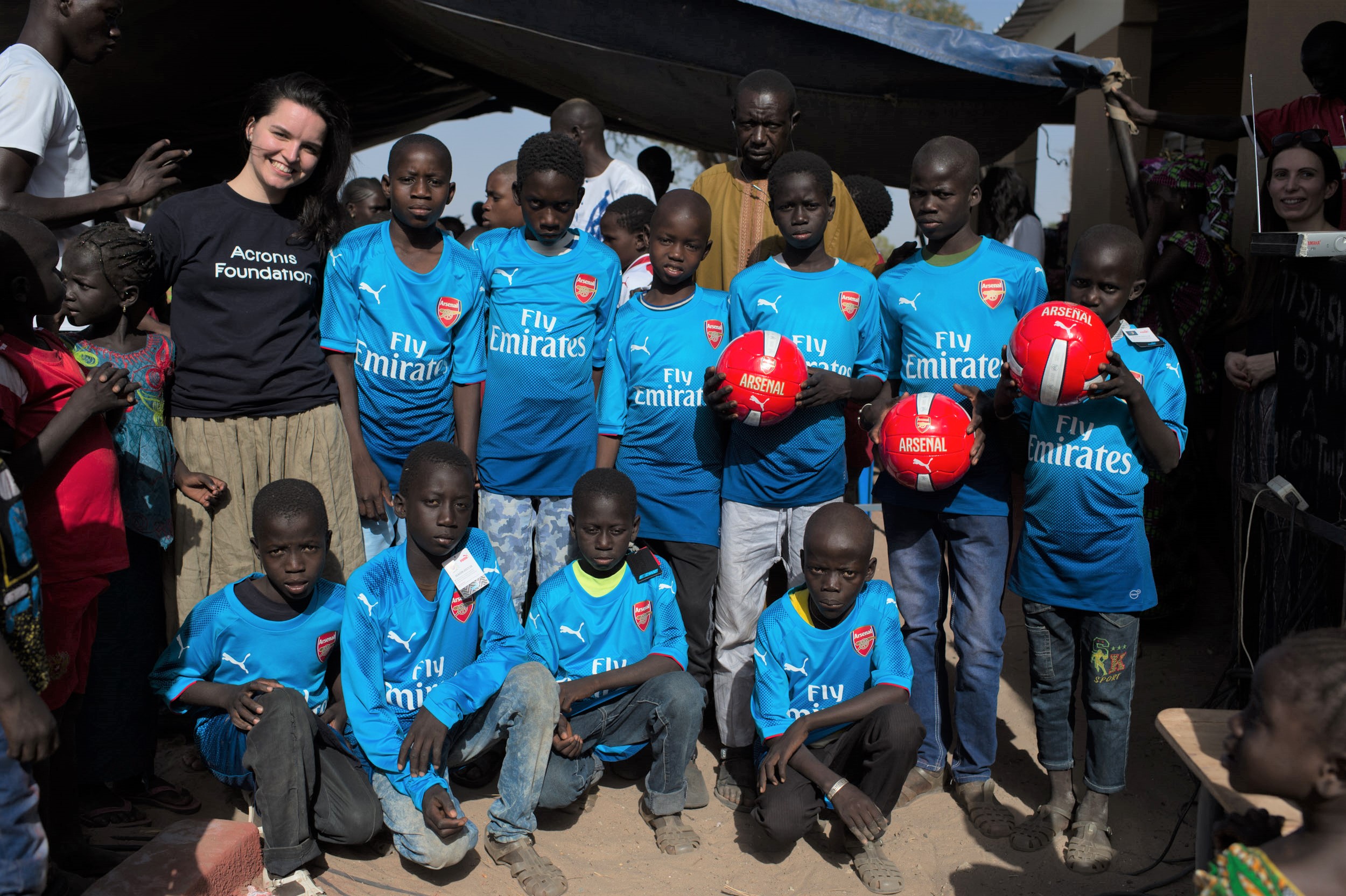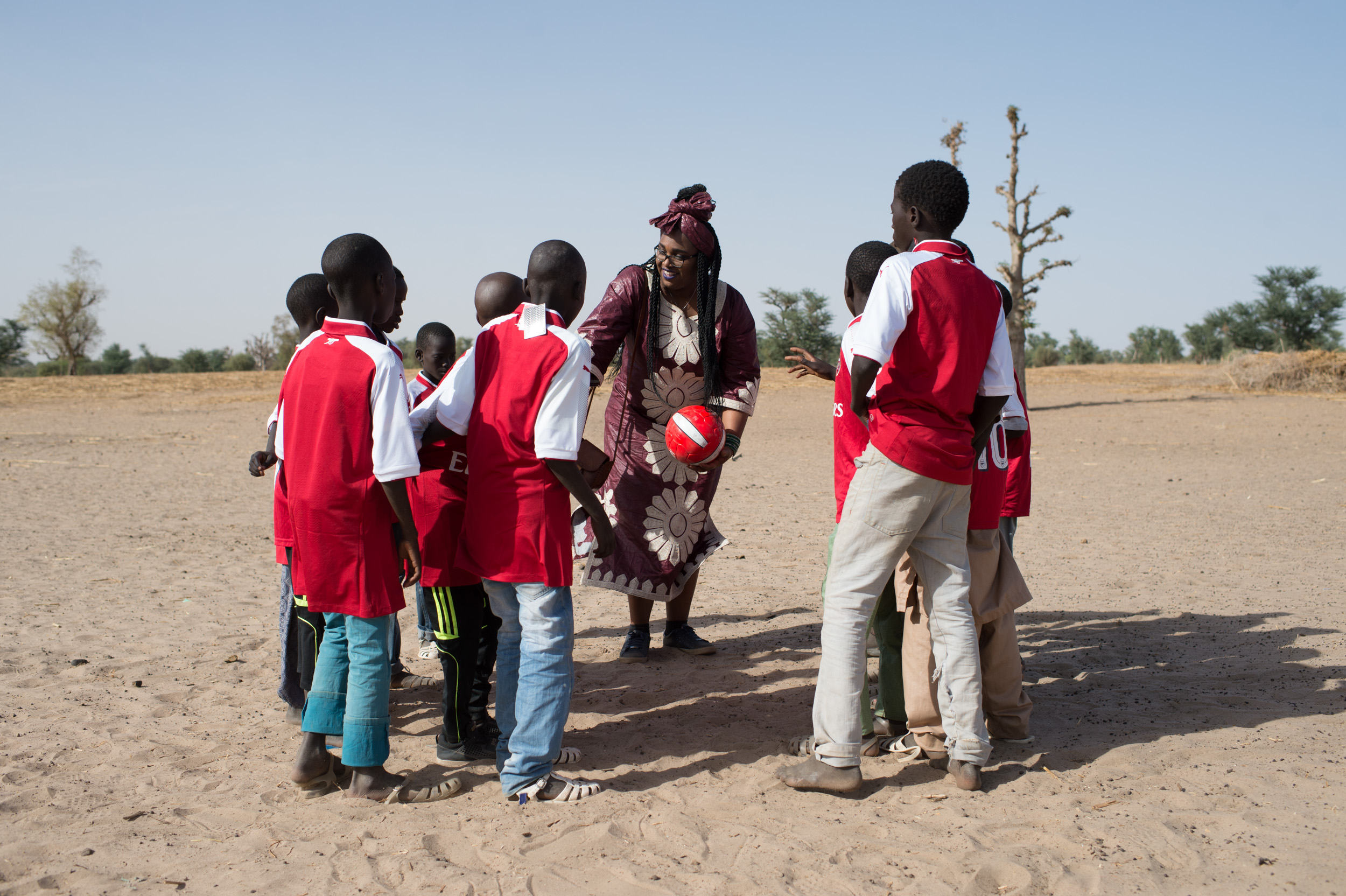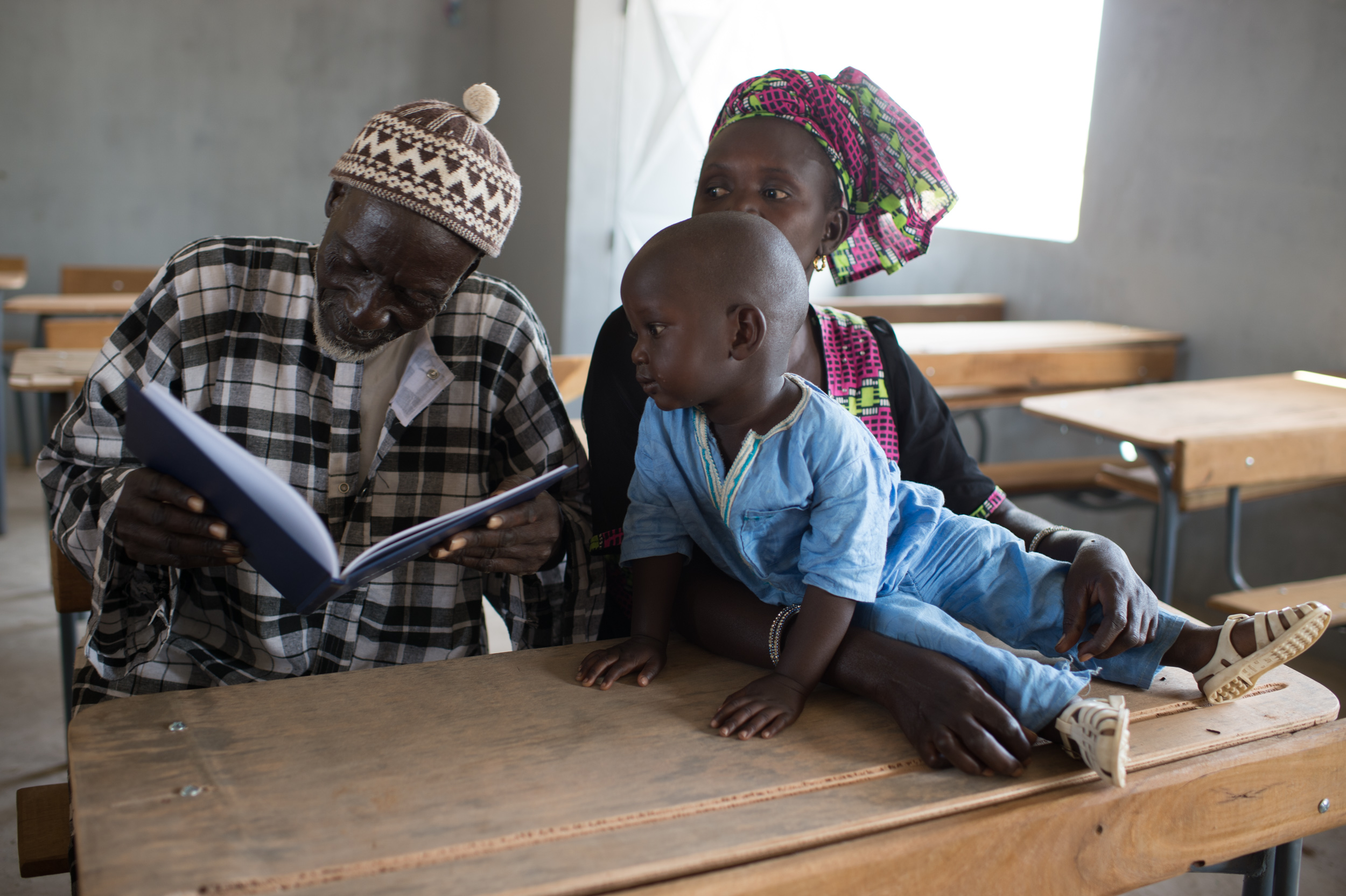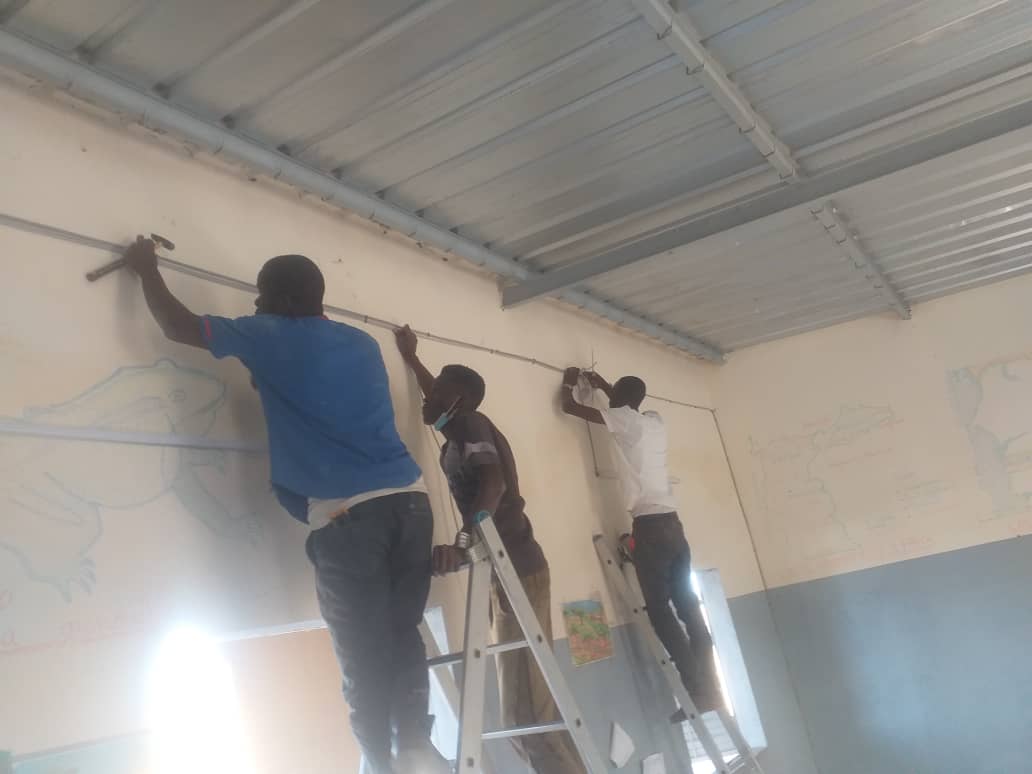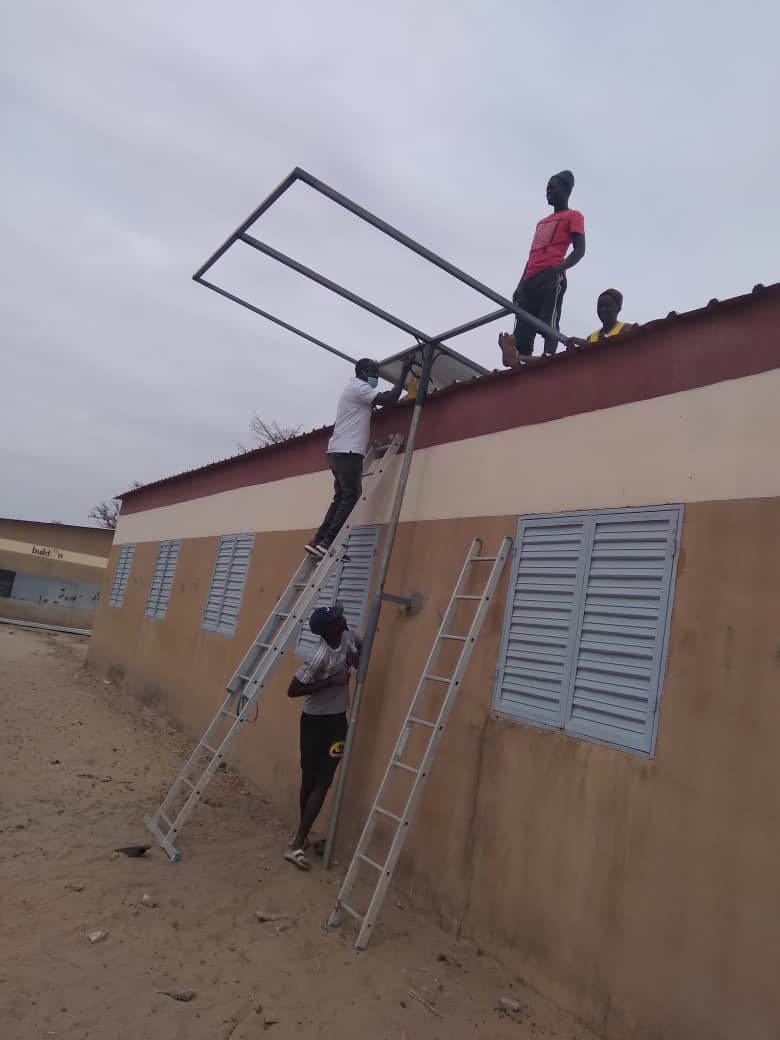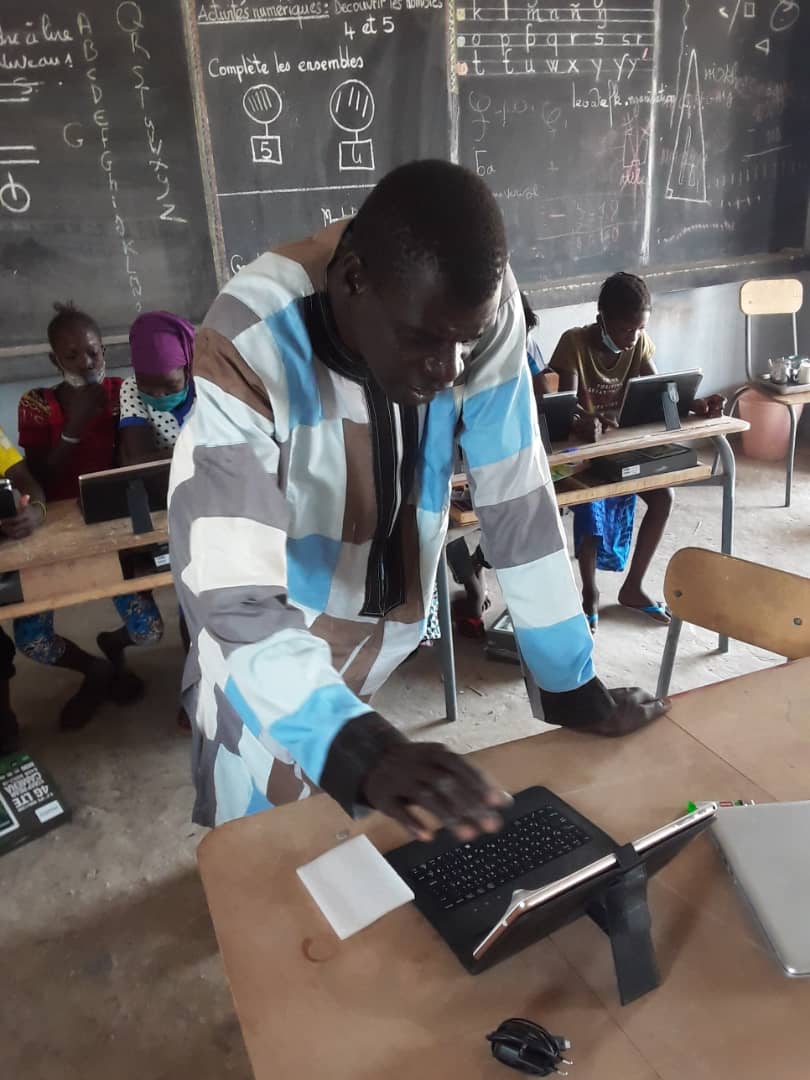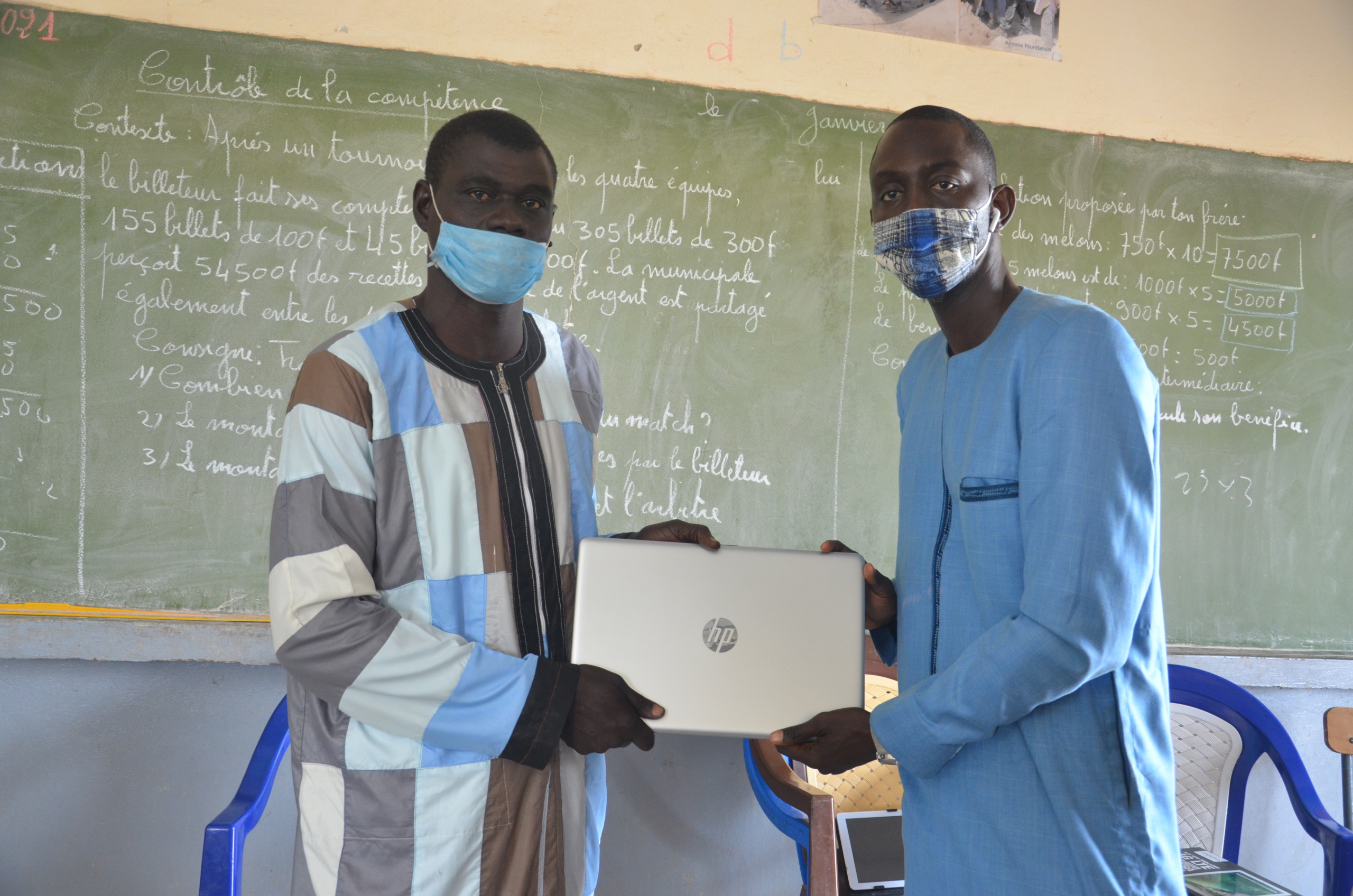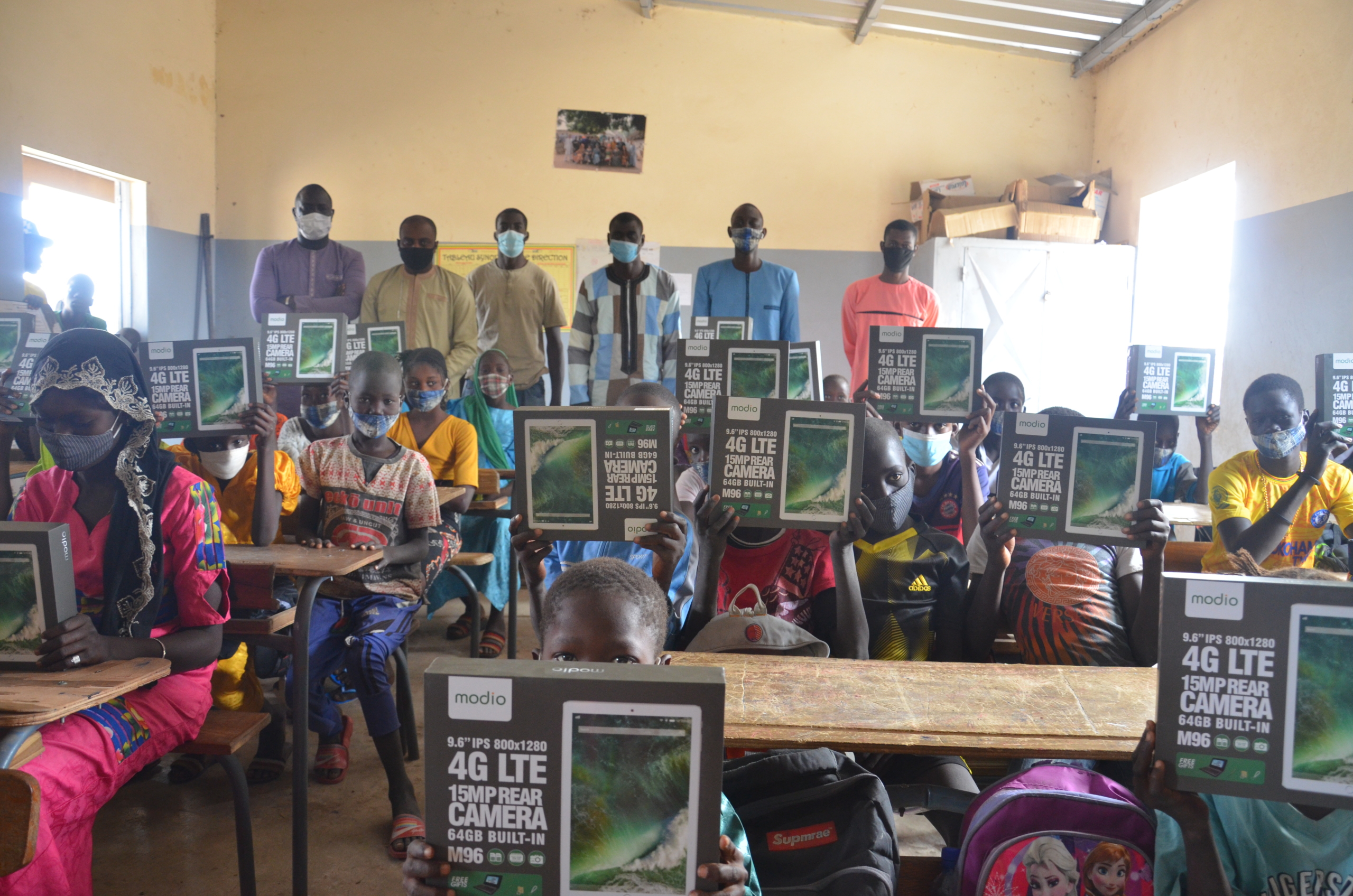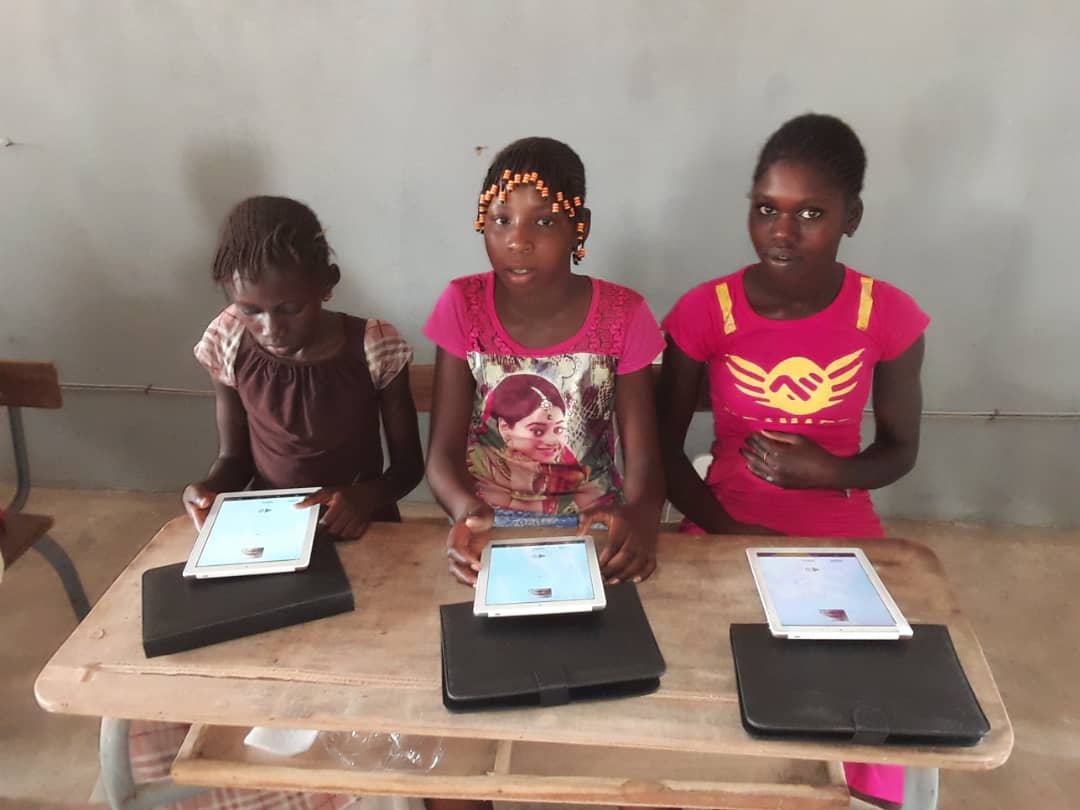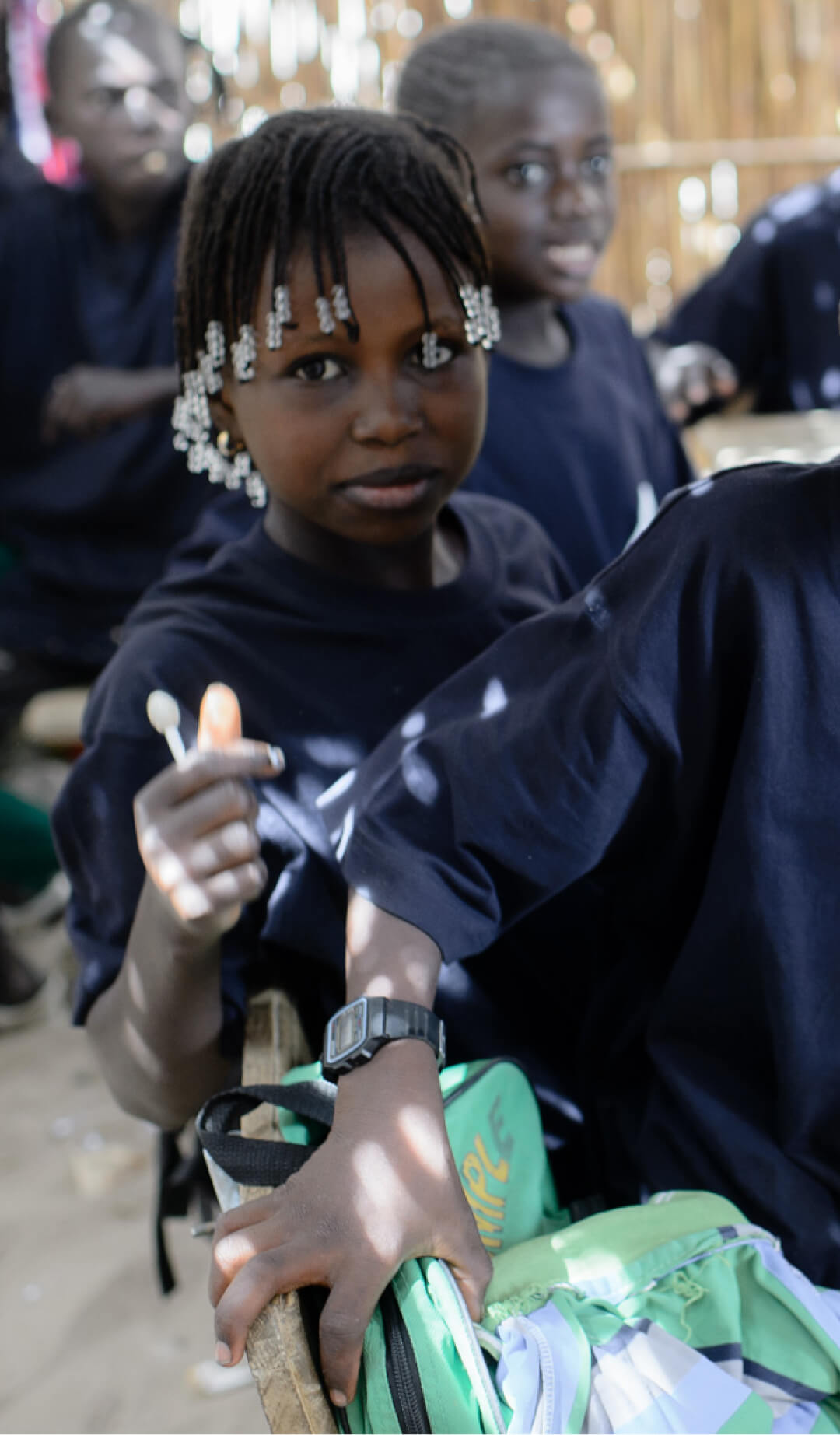
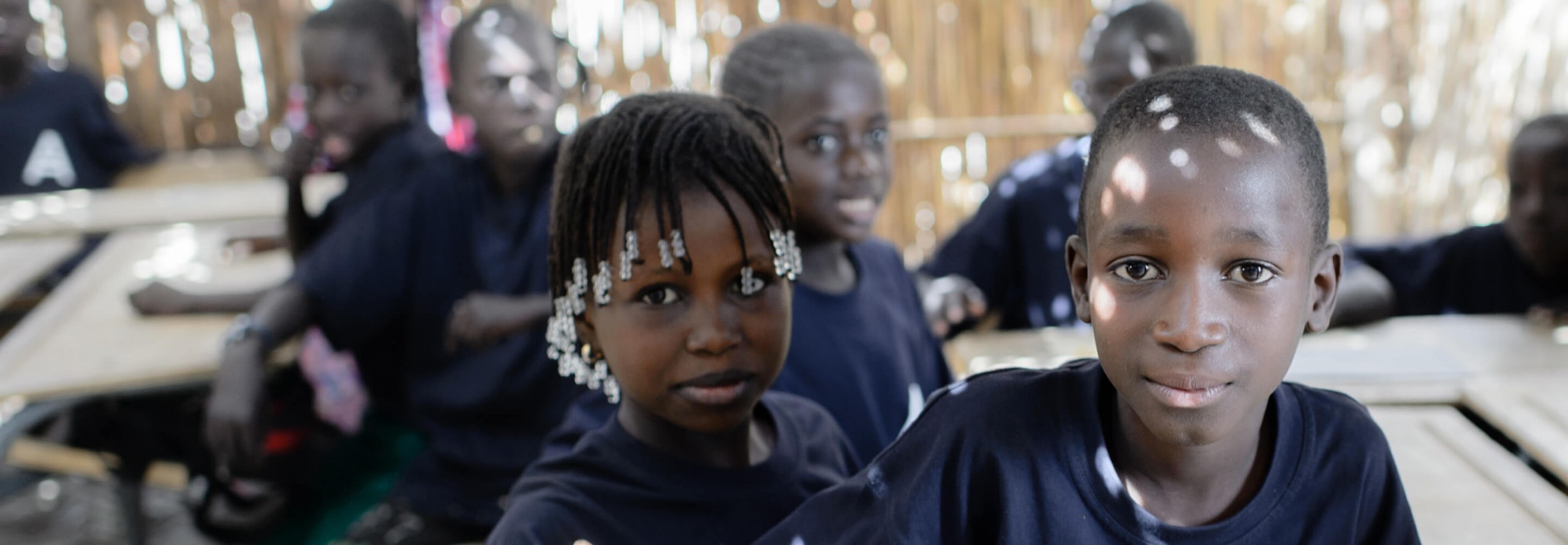
 Senegal, Soupa Serere
Senegal, Soupa Serere
Education
Academic year
October – July (for primary to post-secondary education)
Literacy rate (15+ years old)
51.9 %
Attendance rate
Primary school – 63%
Lower secondary school – 33%
Upper secondary school – 15%
Out-of-school children
Children (6 – 11 years) – 585,518
Adolescents (12 to 14 years) – 667,148
Youth (15 – 17) – 597,940
Project implementation
Senegal’s educational system faces many challenges. While the country offers free, compulsory education up to age 16, many students drop out due to poverty and a lack of resources. This is particularly true of female students, who often begin working at an early age, marry young, or become pregnant. A general inaccessibility of educational materials only worsens the situation — for instance, only 25% of the population have reliable access to the internet.
Construction on a new school in the village of Soupa Serere began in November 2018, with the help of 20 Acronis employees and the local community members. Half a year later — with help from the company’s sports partners, ROKiT Williams Racing Formula One team and Arsenal Football Club — the Acronis Cyber Foundation opened the Soupa Serere Elementary School, providing a safe learning environment to local children who previously had to walk four kilometers every day to attend a school in a nearby village.
In February 2021, the Acronis Cyber Foundation and its partner CREATE! — an Oregon-based nonprofit organization that helps rural communities in Senegal implement and take ownership of sustainable development initiatives — opened a digital classroom in Soupa Serere. This project enables computer literacy and STEM classes for children in Soupa Serere as well as the nearby villages of Toukar and Kish, helping students to build key skills for future success.
News from the project
About the country
Country
Republic of Senegal
Capital city
Dakar
Population
16 million people
Currency
West African CFA franc
Major languages
French; in Soupa Serere – Wolof, Serer
Travel information
Senegal has a tropical climate with pleasant heat throughout the year and well-defined dry and humid seasons. The dry season (December to April) is dominated by hot, dry wind. Dakar’s annual rainfall of about 600 mm (24 in) occurs between June and October when high temperatures average 30 °C (86 °F) and lows average 24 °C (76 °F); December to February high temperatures average 26 °C (78 °F) and lows average 18 °C (64 °F).
Travel tips
Hotel recommendations
Thies: Residence Blue
Dakar: Radisson Hotel Dakar Diamniadio, Hotel Lagon 2
Places to eat
Le Ngor, La Calebasse, Djinkoumé House, L’endroit
Best souvenirs from the country
Bold and vibrant textiles (aprons, purses, make-up bags, pillows, men’s ties), wood objects, masks and sculptures, mansala sets, woven baskets, shea butter, tuareg metal pieces (chests, letter openers, spears)
Taxi
Dakar-Blaise Diagne Airport taxi, Dakar Demm Dikk, Nianing
Travel agencies
Interpreting services
Proposed one week tour
Day 1: Tour Dakar (Monument de la Renaissance Africaine, Mamelles Lighthouse, Mosque of the Divinity, Village Des Arts, Grande Mosquée de Dakar, La Galerie Antenna)
Day 2: Tour Dakar (Palais du Président, Musee de l’Ifan, House of Slaves)
Day 3: Lac Rose Lake
Day 4: School visit
Day 5: Djoudj park
Day 6: Fathala Reserve. Overnight in Fathala
Day 7: Senegambian stone circles

